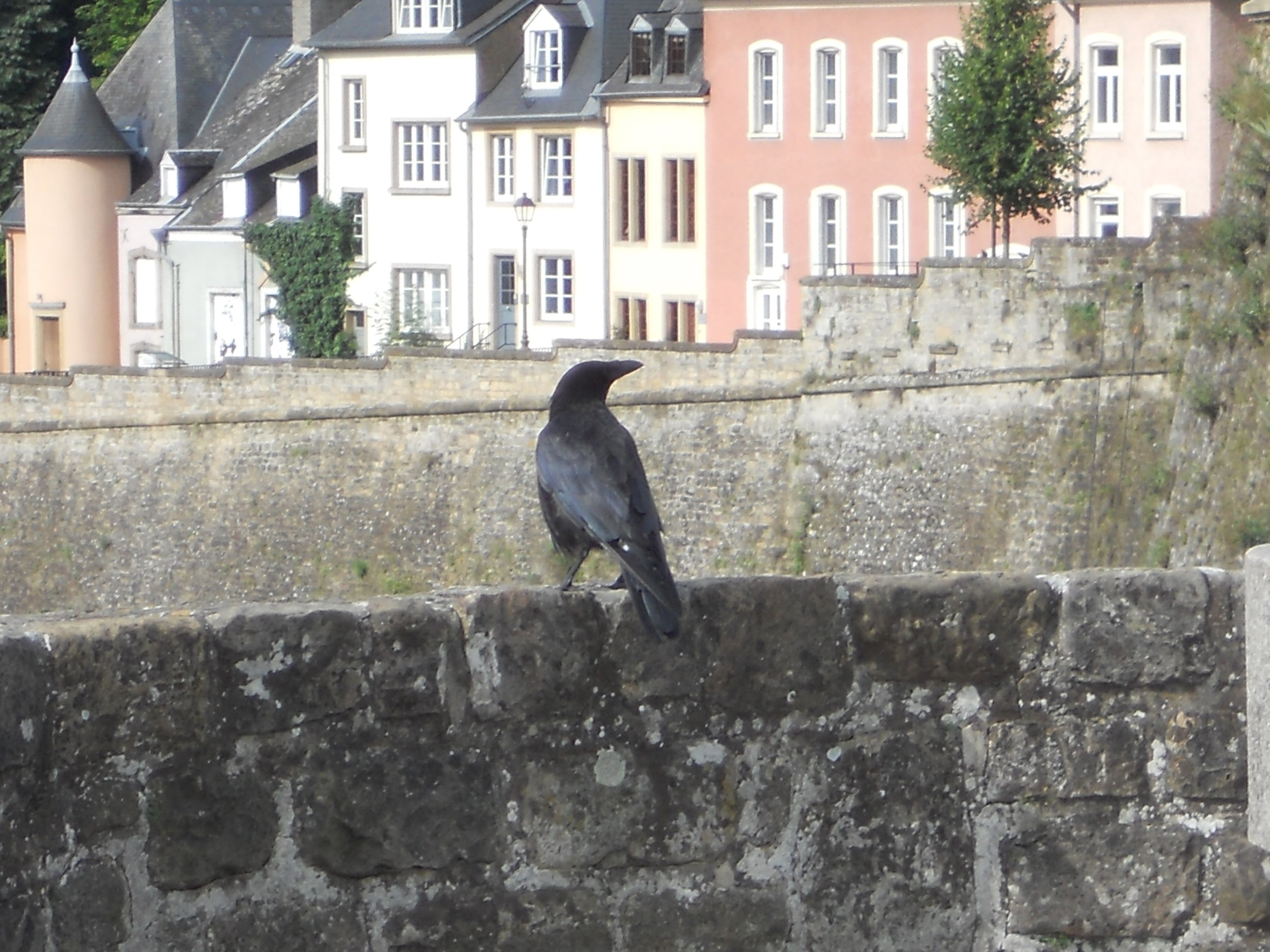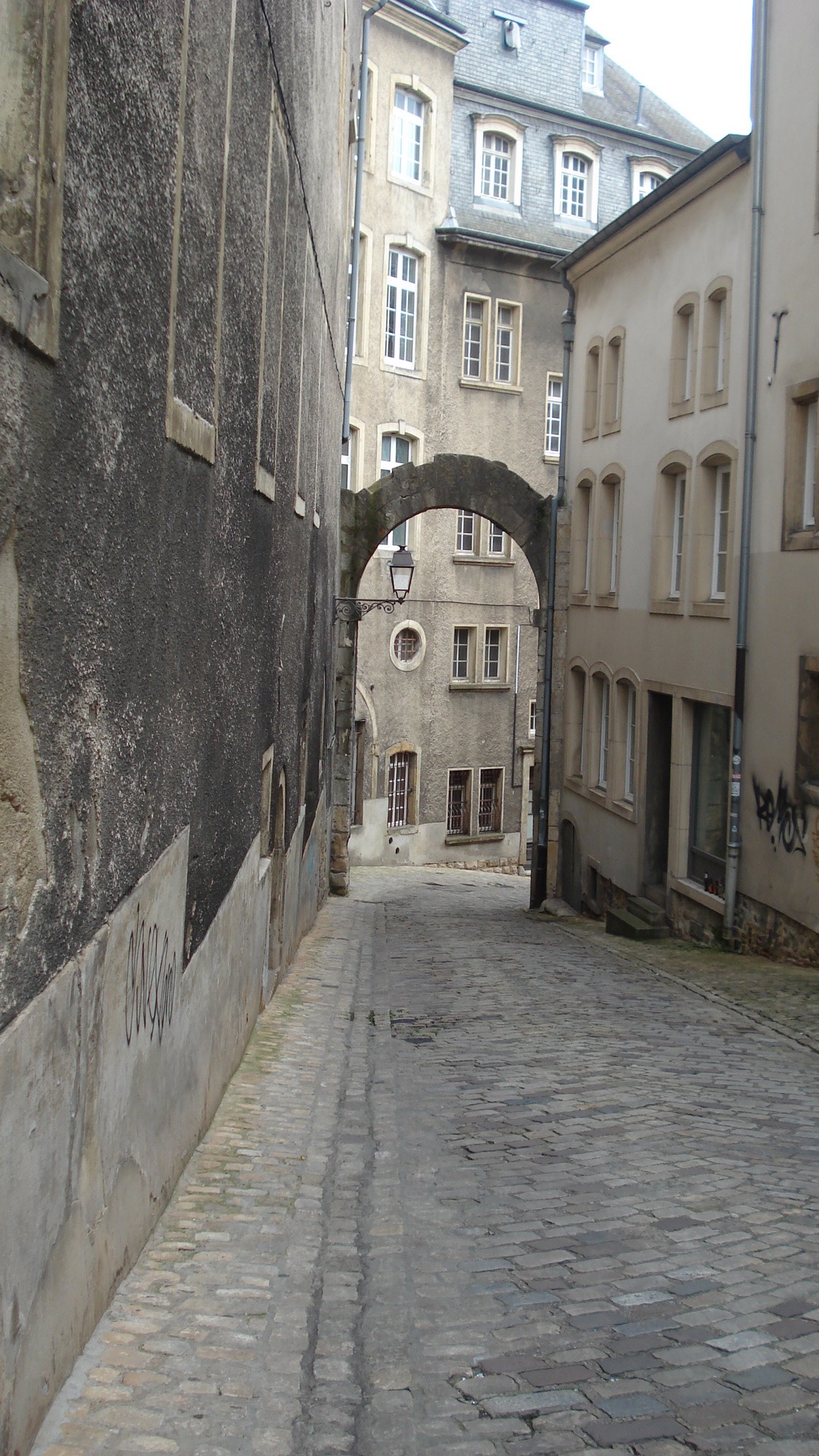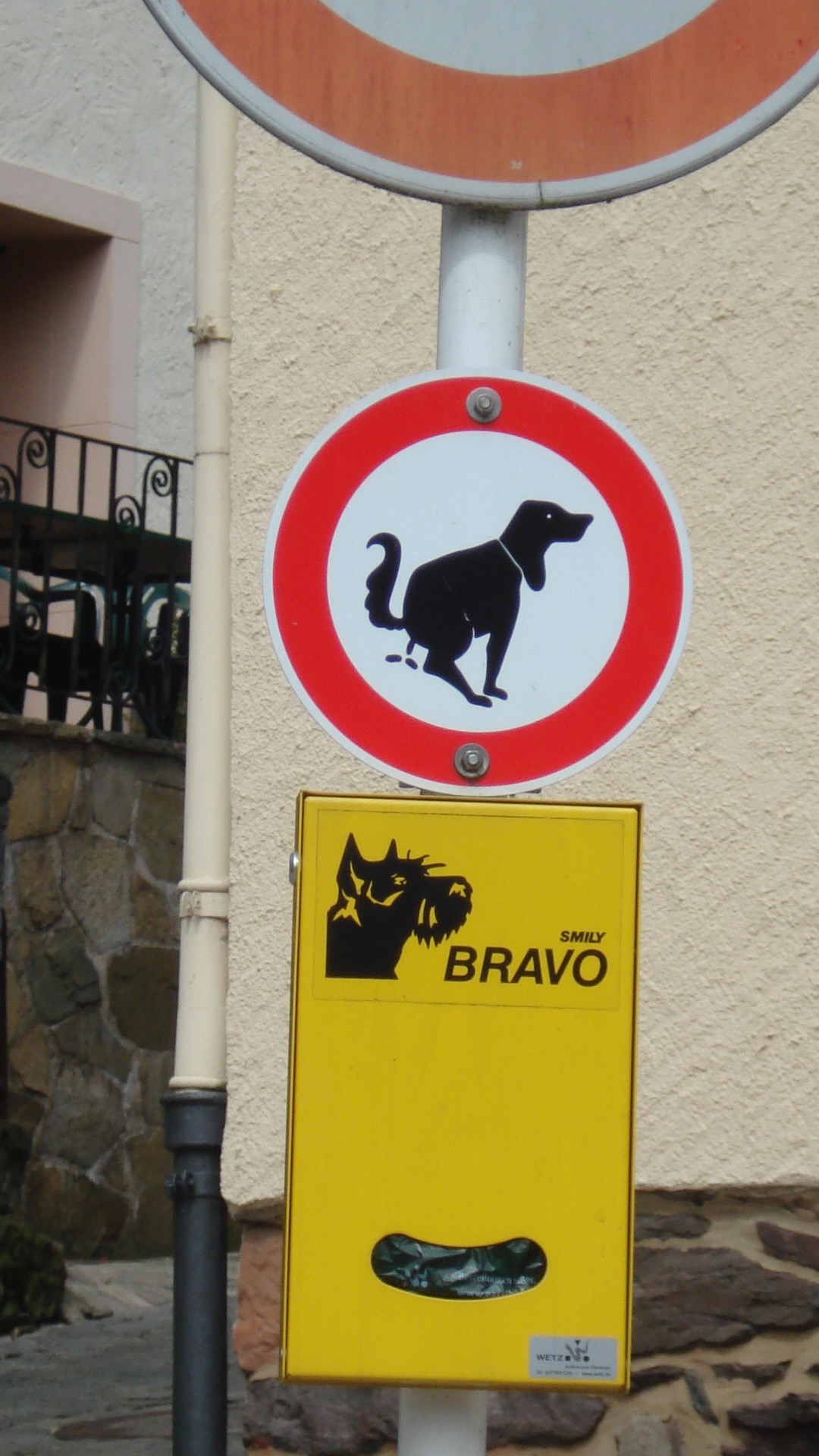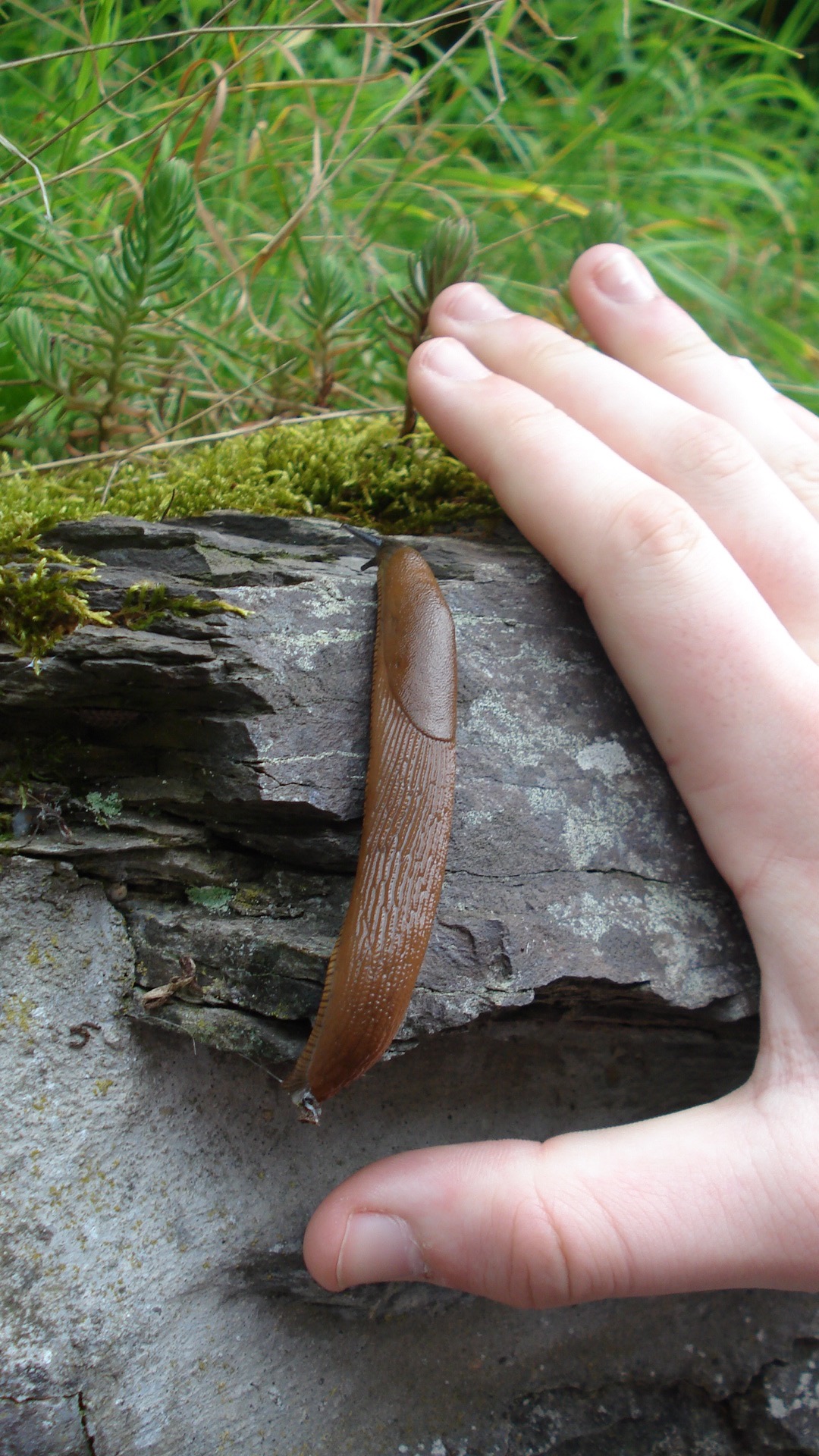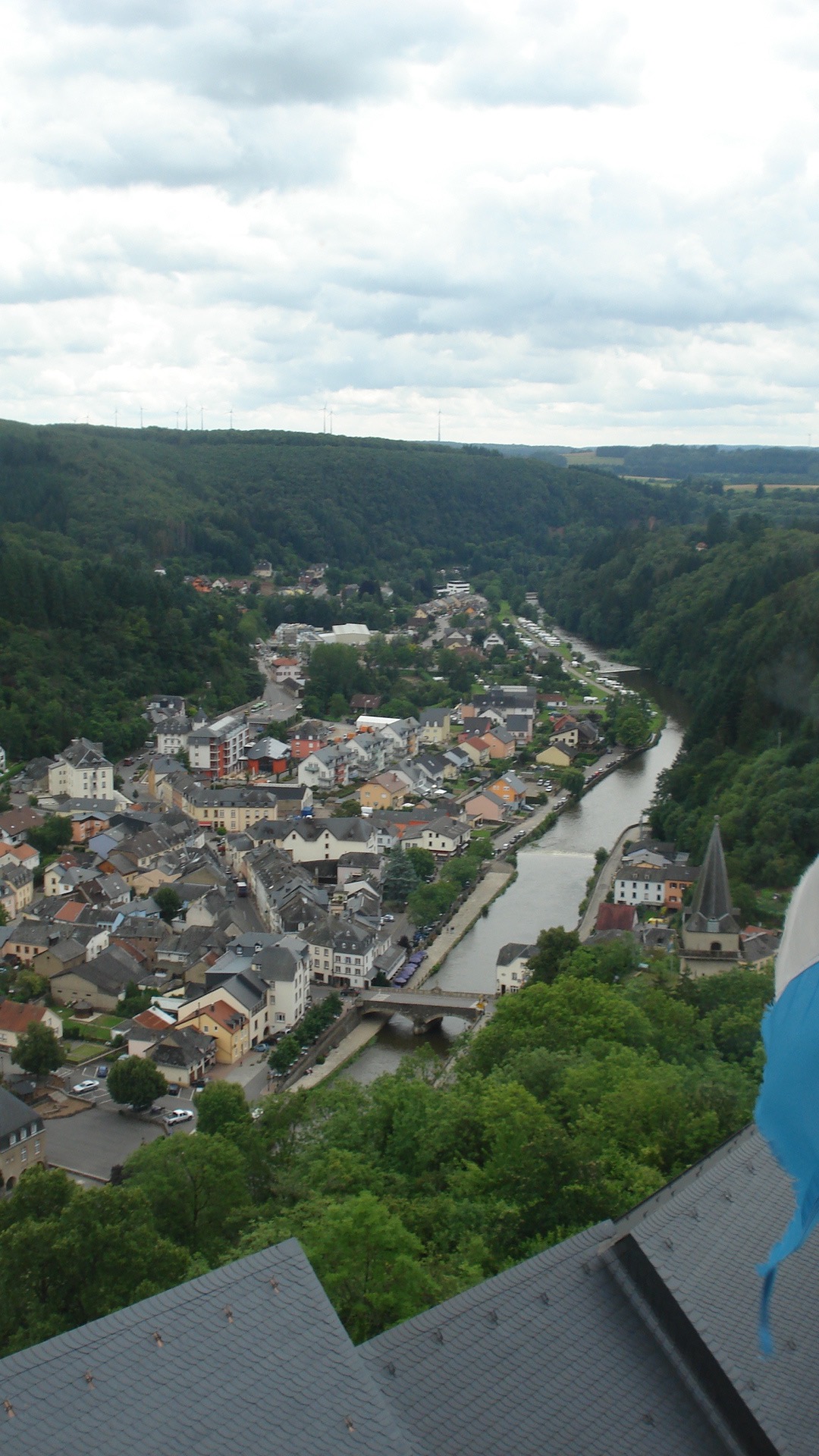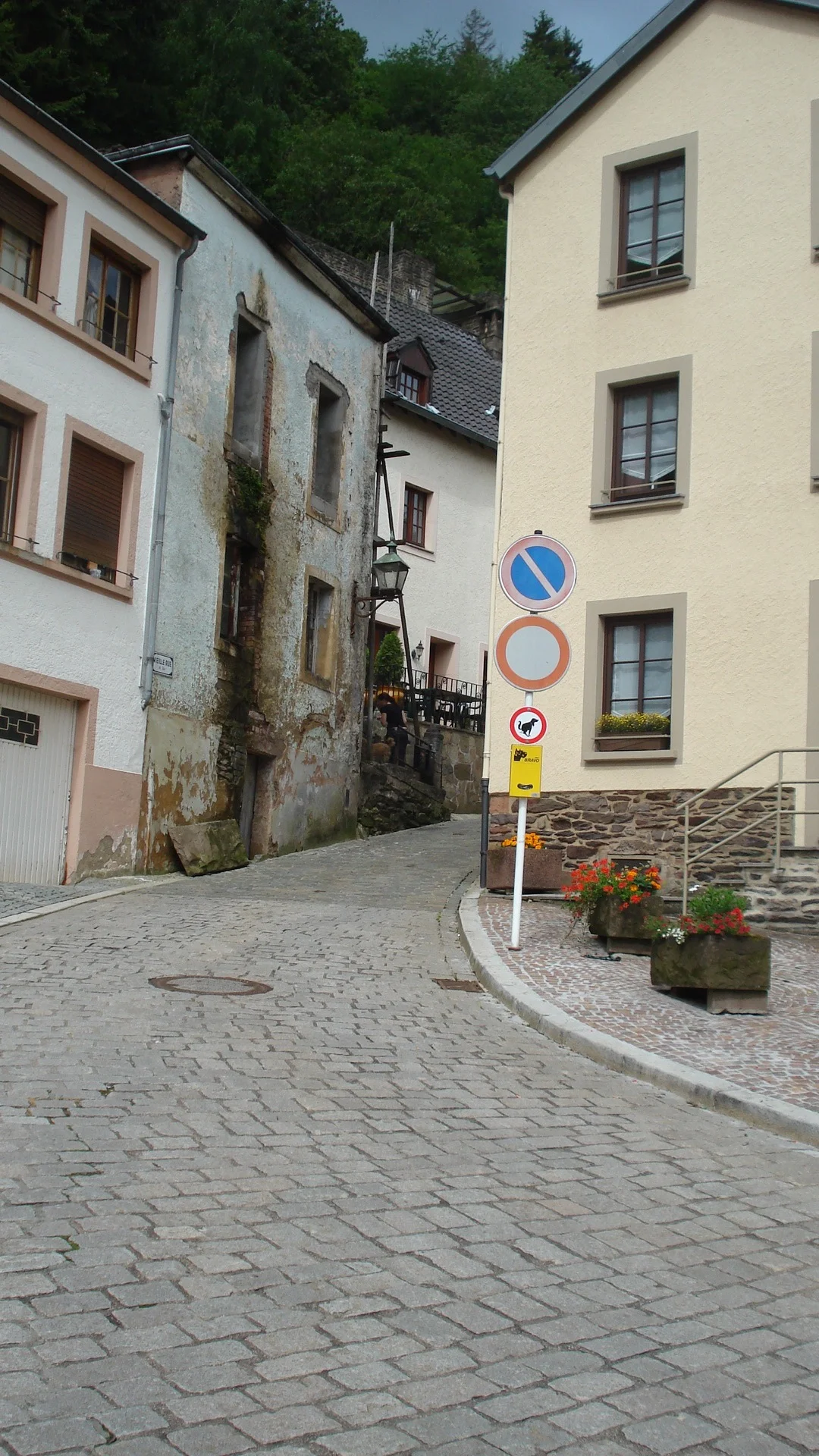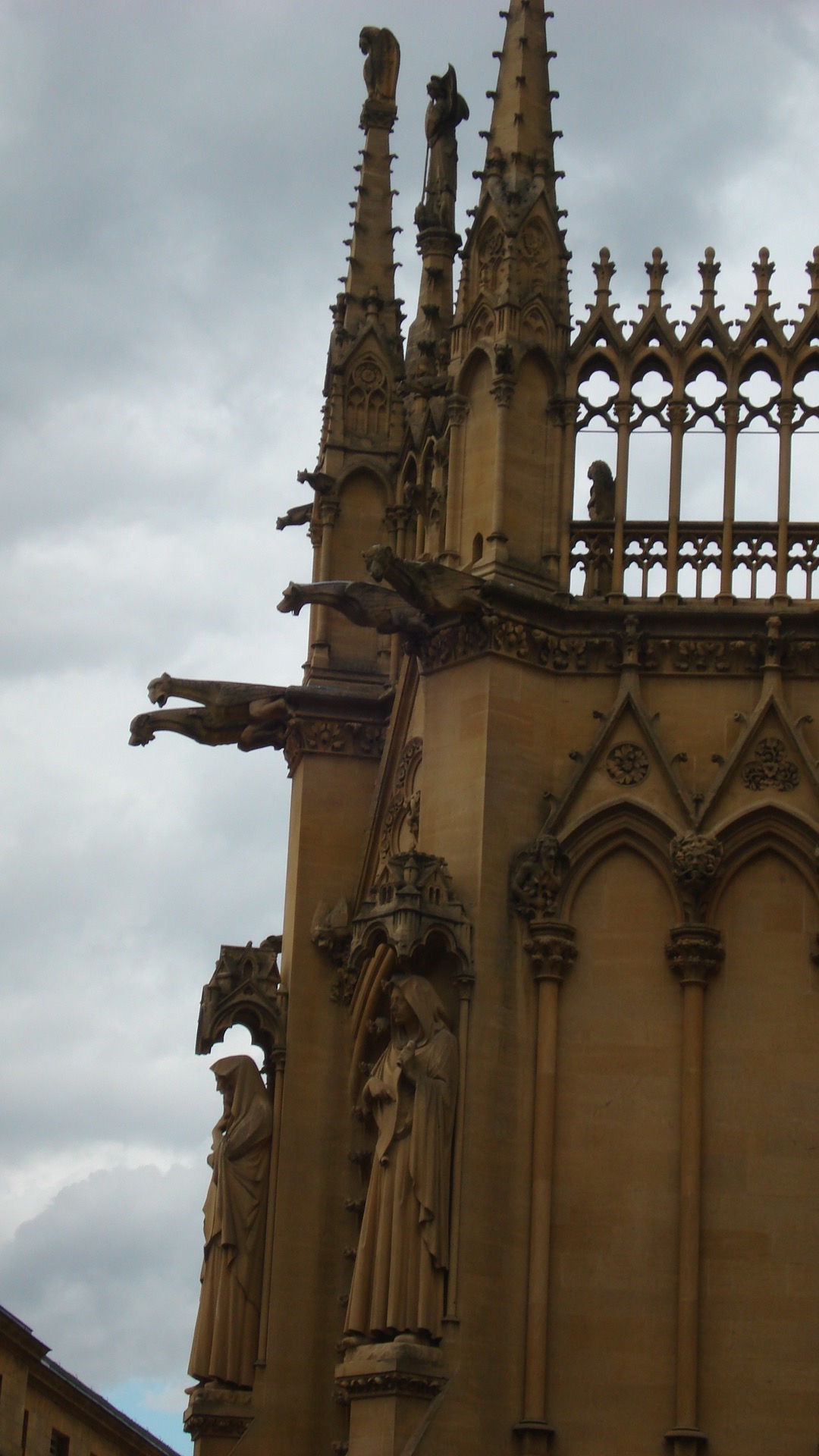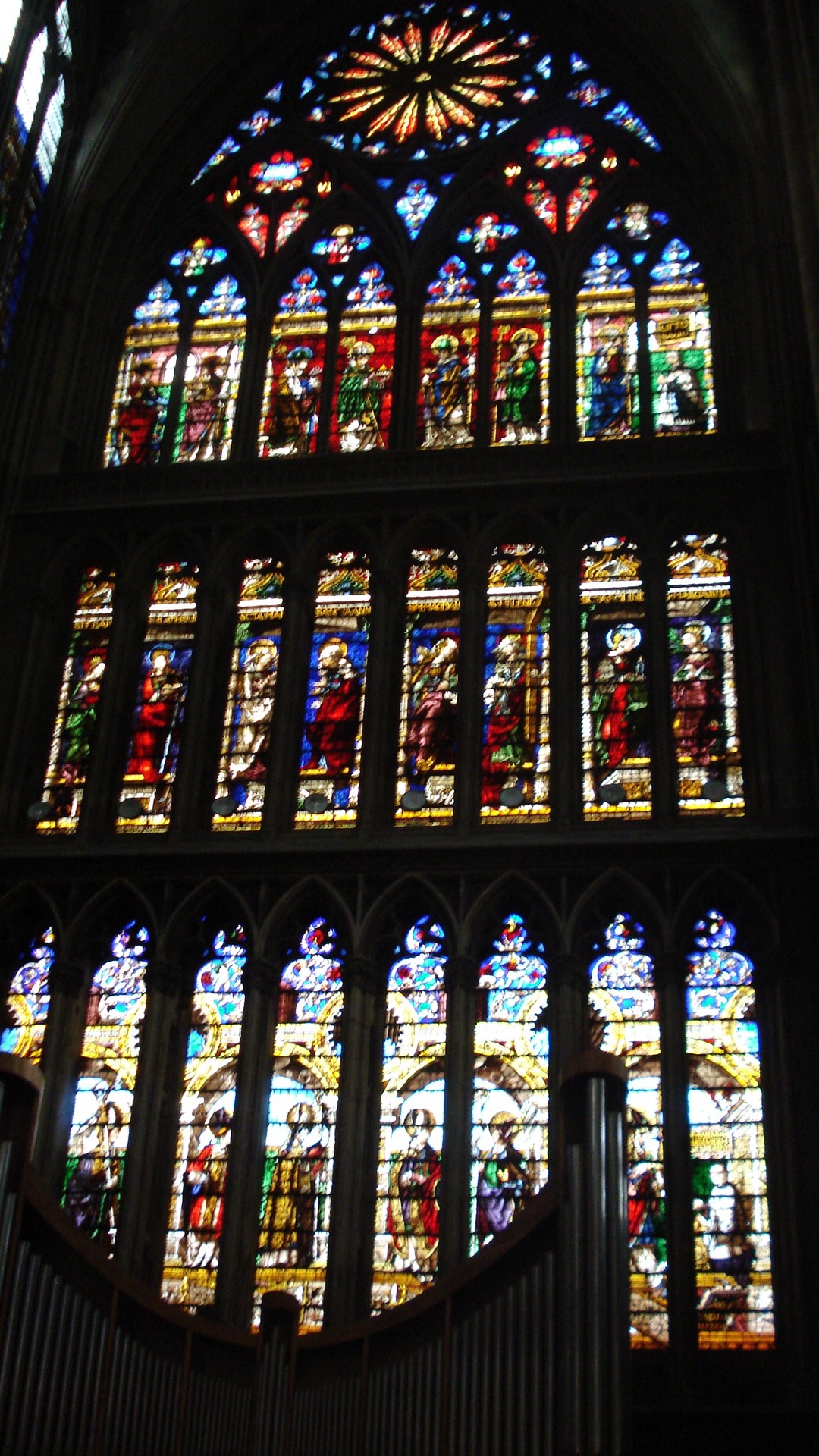Our Trip to Luxembourg
I had to go to Luxembourg to present a poster and a paper at a research conference: The International Society for Research on Aggression (ISRA), a rag-tag group that nevertheless produces a good research journal and has some interesting presentations. Actually, I was going with my former graduate student and long-time collaborator, Jasmina Burdzovic Andreas, who was the first author on the papers and was actually presenting them. So, in keeping with my standard procedure, I turned this trip into a vacation. (I am too old to go to any conference that isn’t held at an enticing location.) Beth and Ethan went with me, and poor John stayed home to take care of the basset hounds--Bert and Ernie--and Chester the cat and attend to his volunteer job, taking care of Griffin and Wort, the African Grey parrots. I think he was sad and lonely while we were away, surrounded only by non-human companions, but next week, as compensation, he gets to go to Singapore for two weeks with Beth, while Ethan and I stay home. Beth is the person in our family who lately goes on almost all the various trips; the rest of us alternate. In any case, we flew to Luxembourg, through Amsterdam, on Monday, July 16, 2012 and returned on Monday, July 23. Let me tell you about the trip.
On Tuesday, after taking a puddle jumper (in Europe they call these small planes city jumpers), we landed at the rather small Luxembourg airport. We learned that Luxembourg is not a major European hub; the city has less than 100,000 inhabitants, with about 400,000 total in the entire country. After checking into our hotel (the Golden Tulip-Molitor, a Dutch hotel), we went about sniffing out the city and tried to get oriented.
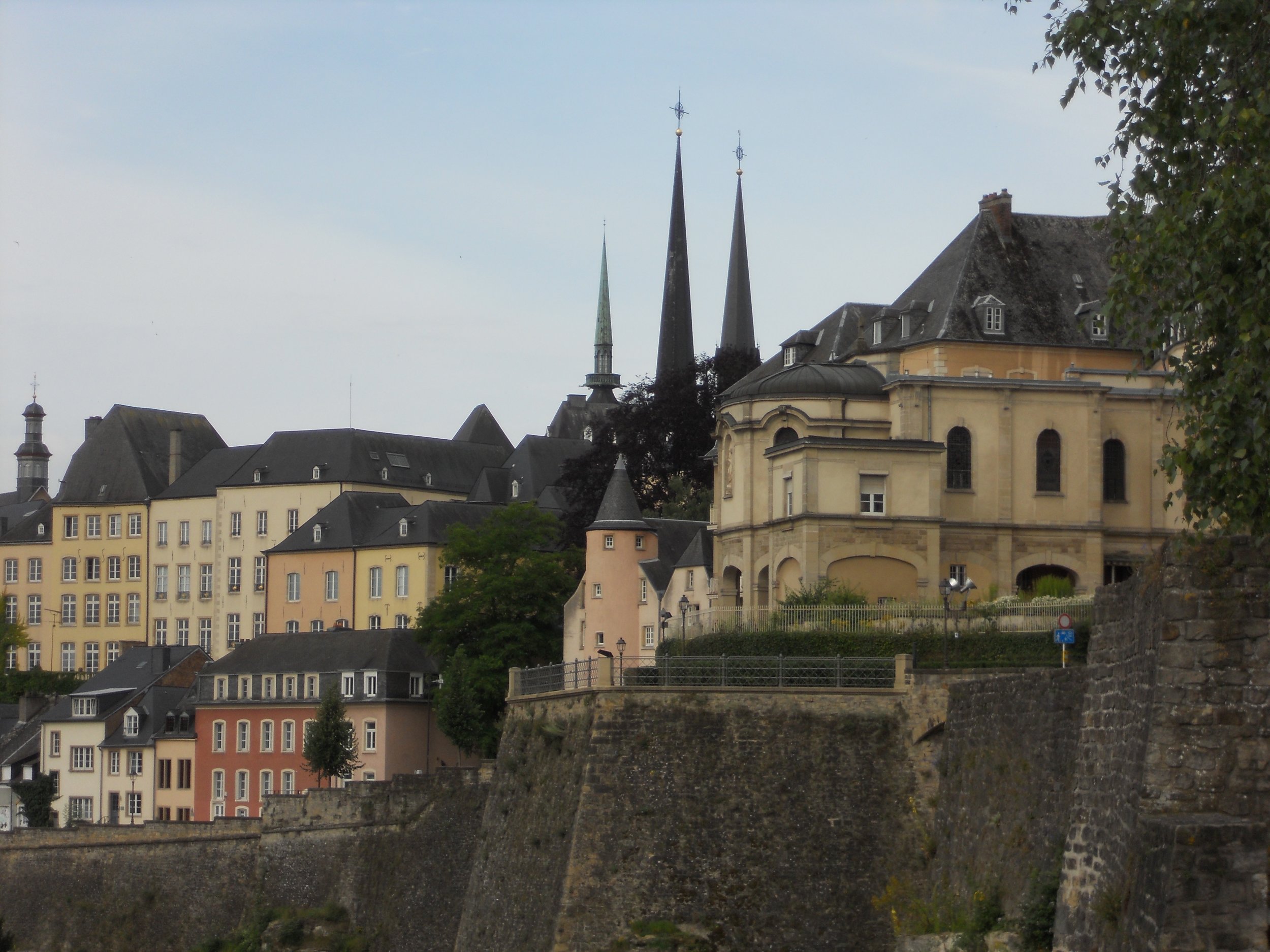
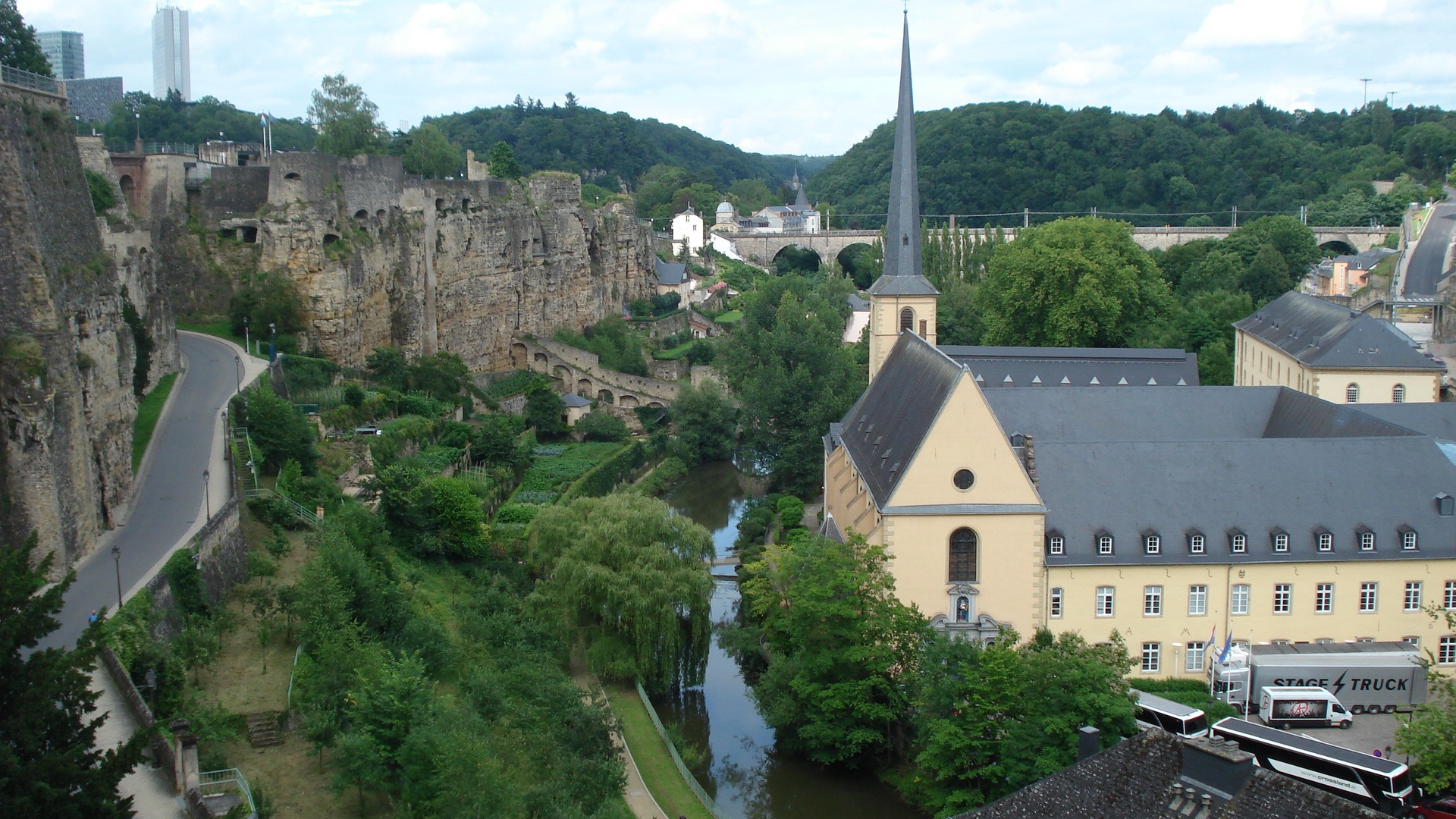
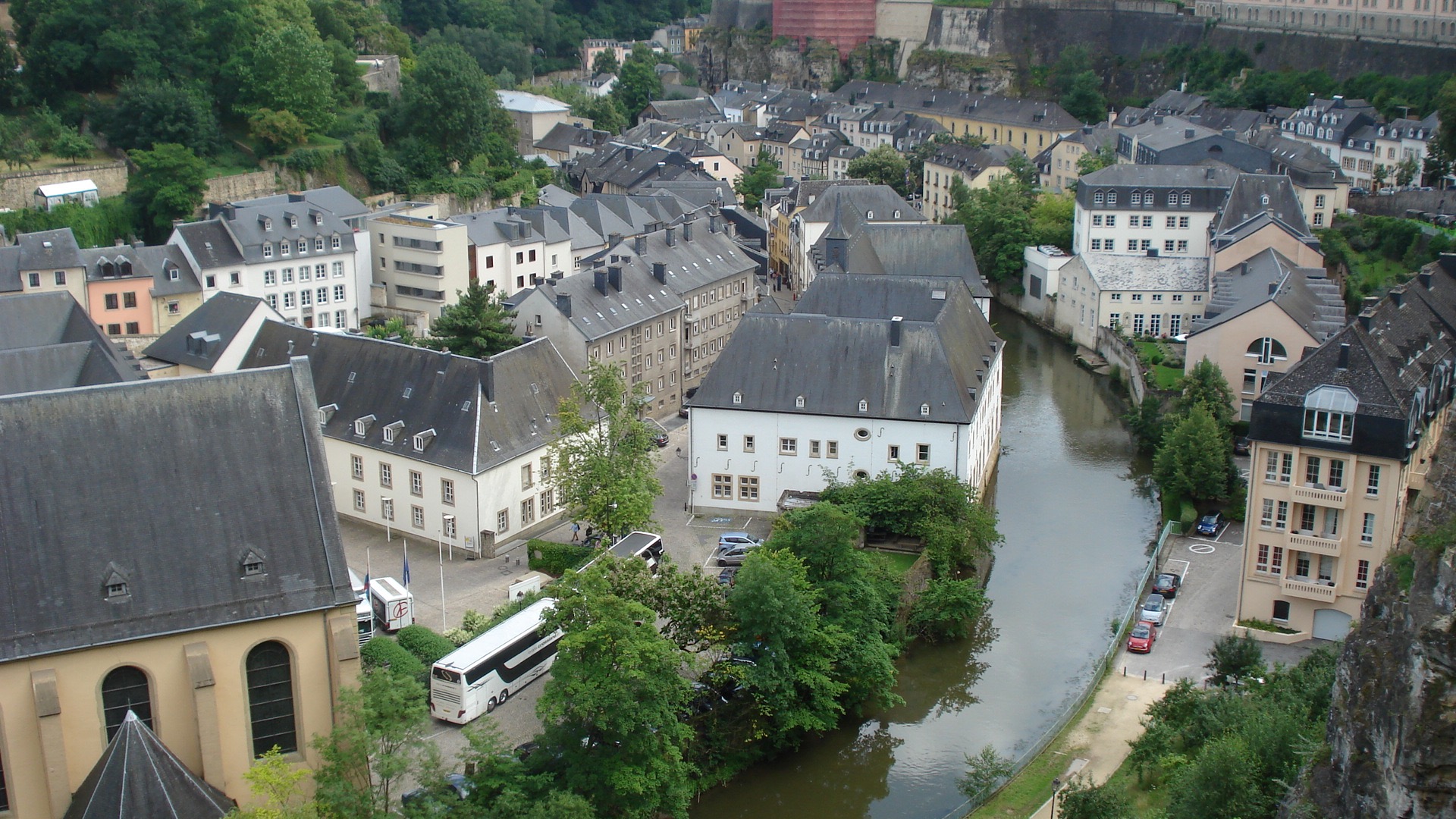
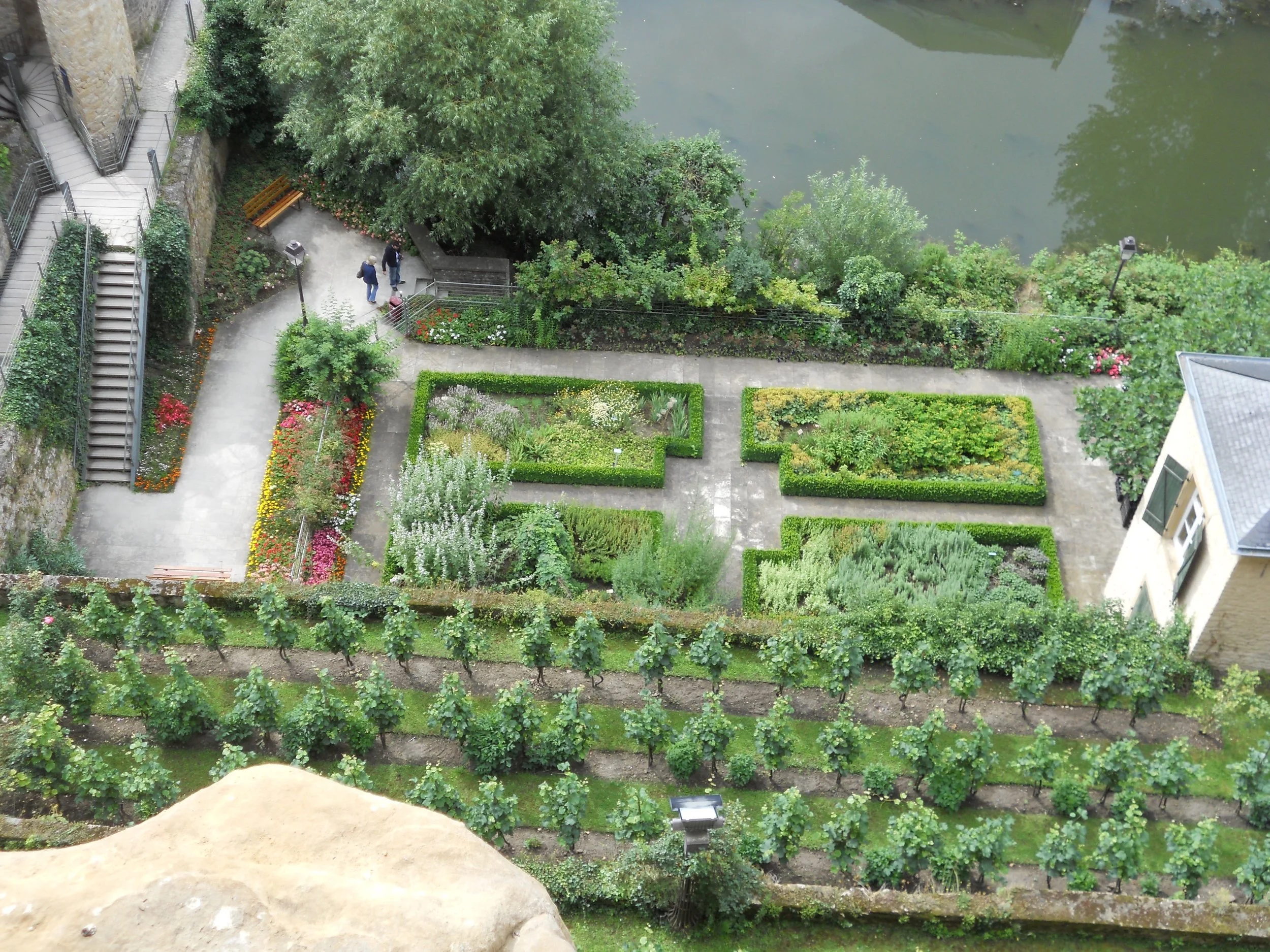
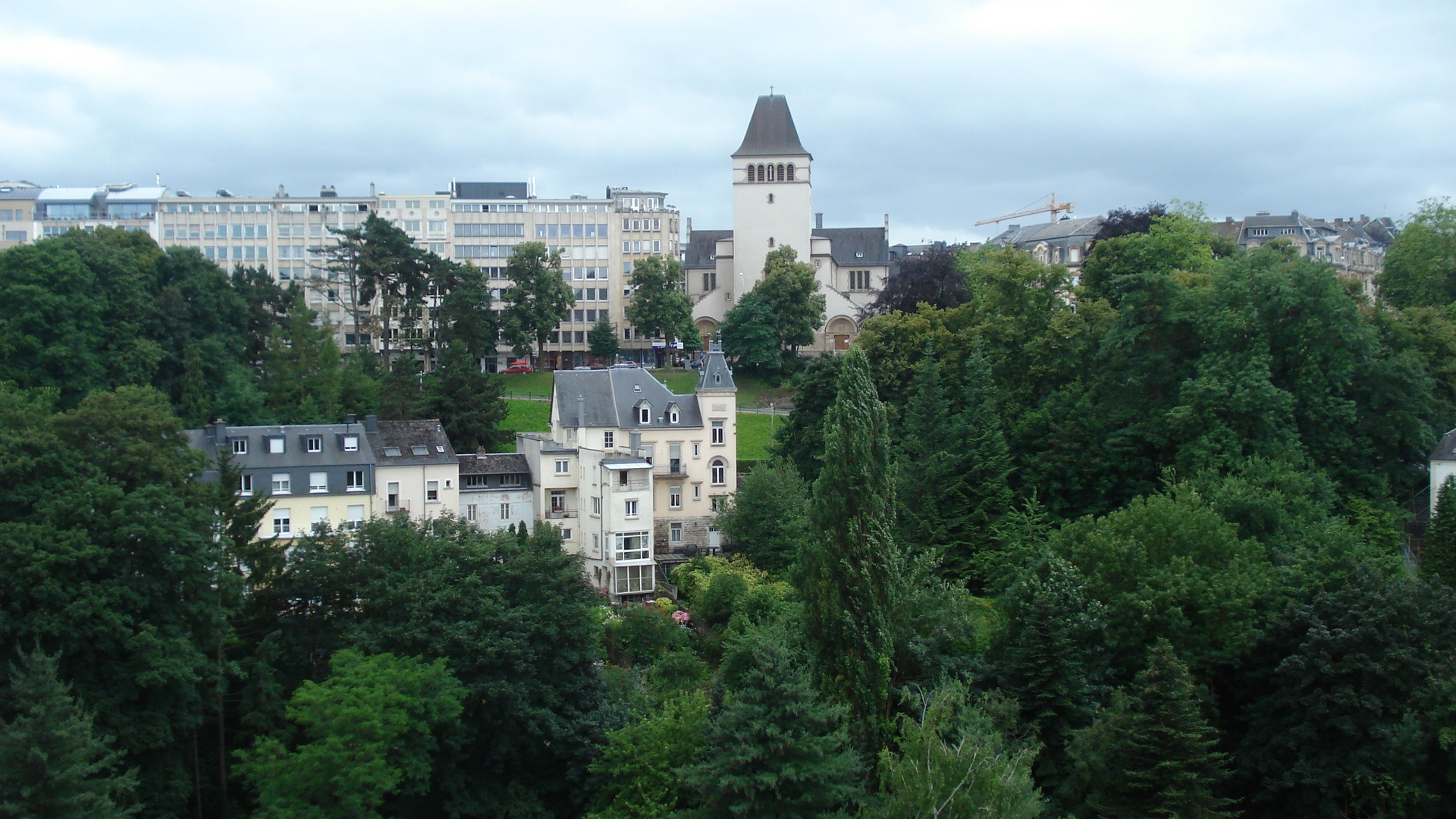
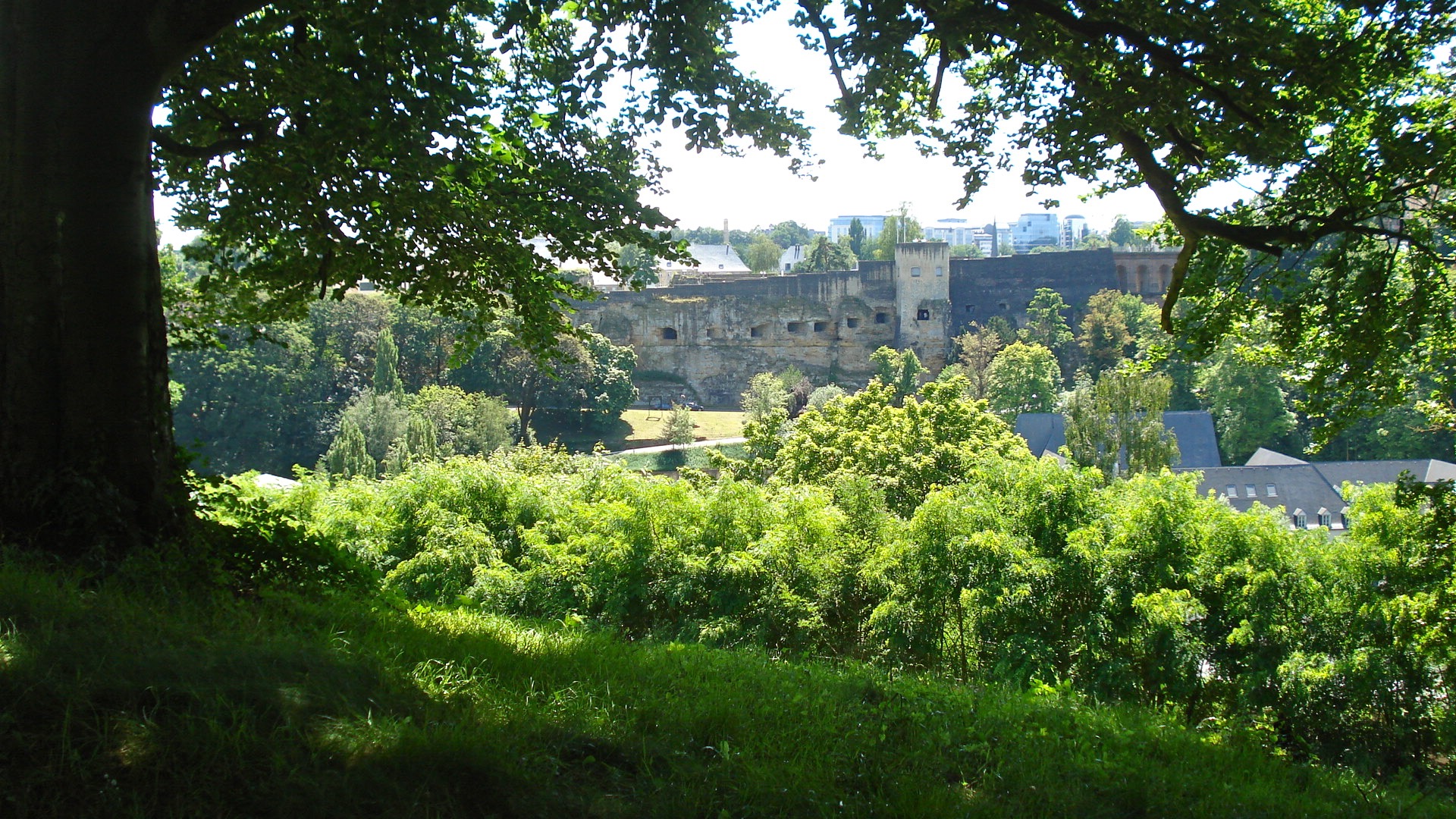
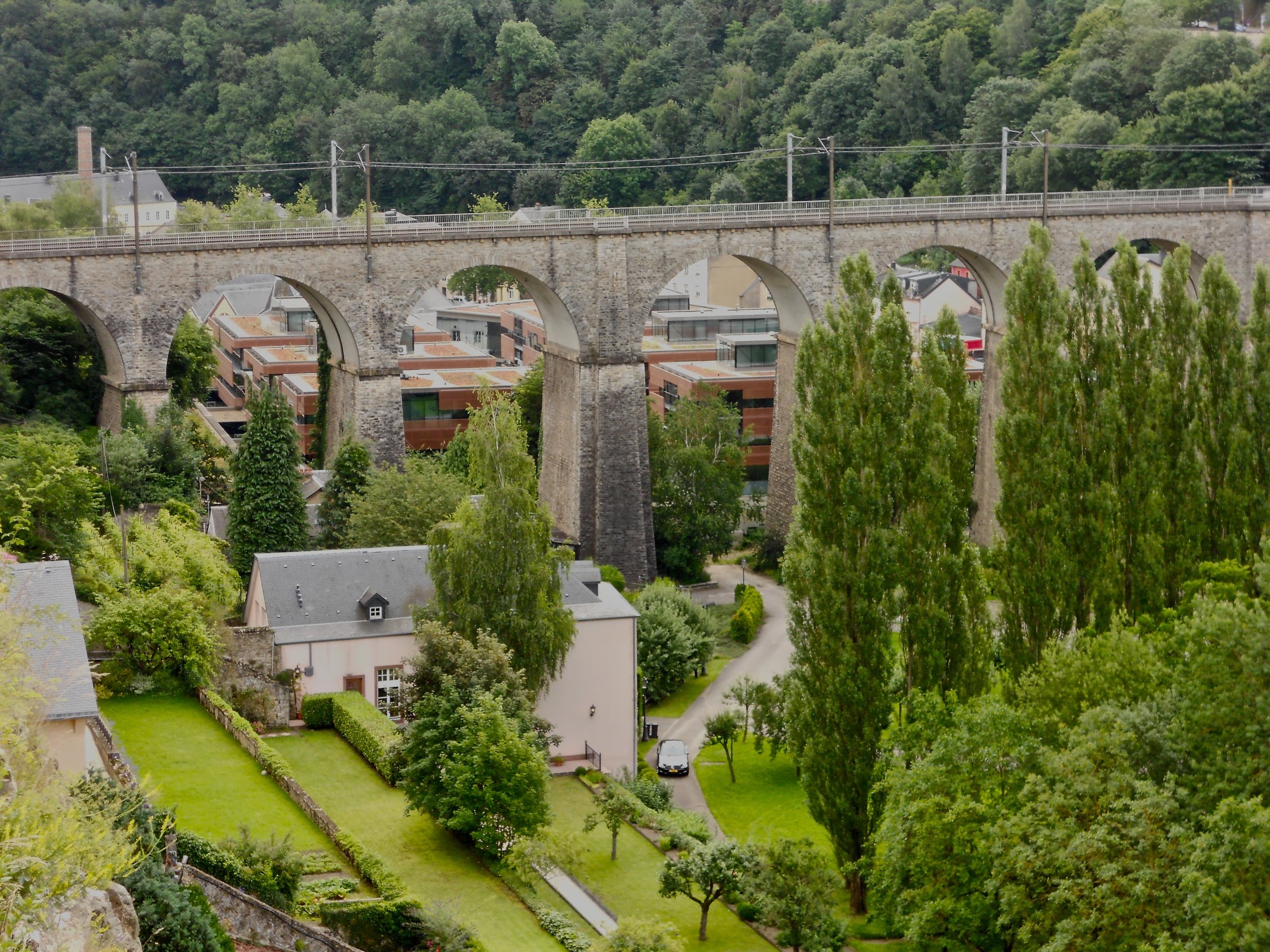
Luxembourg city is beautifully laid out and looks European. (Who would have believed that a city smack dab in the center of Europe, with very old beginnings, would look European?) Close your eyes and try to imagine this. The city began when some long ago band of ruffians came upon an island, so to speak, fairly flat but surrounded on three sides by a deep and wide gorge with rivers at the bottom and cliffs of exposed stone several hundred feet from top to bottom. Wow, what a find—a natural fortress with a built-in moat! So, of course they built their castle and defensive walls on the island and fortified the already steep cliffs with more stone walls and defensive construction. They needed a way in and out, so they built a bridge across the deep gulf. They also built tunnels and windows in the cliff for defense (the Bock Casemates visited by Beth and Ethan). Later, the city expanded beyond the island fortress and spread into the gorge and then up the other side and into the surrounding countryside. And that is what you have today--a two-story city, most of it on the top story, but some really charming homes, palaces, museums, restaurants, and night clubs on “the Grund” down in the gorge. A single elevator takes people from the higher level down to the Grund, but most of the time we walked up and down the rather steep roads leading in and out of the gorge (and I got rather tired of doing that). In any case, photos of the city show this amazing two-story city with some homes built into the cliffs and at different levels in the gorge.
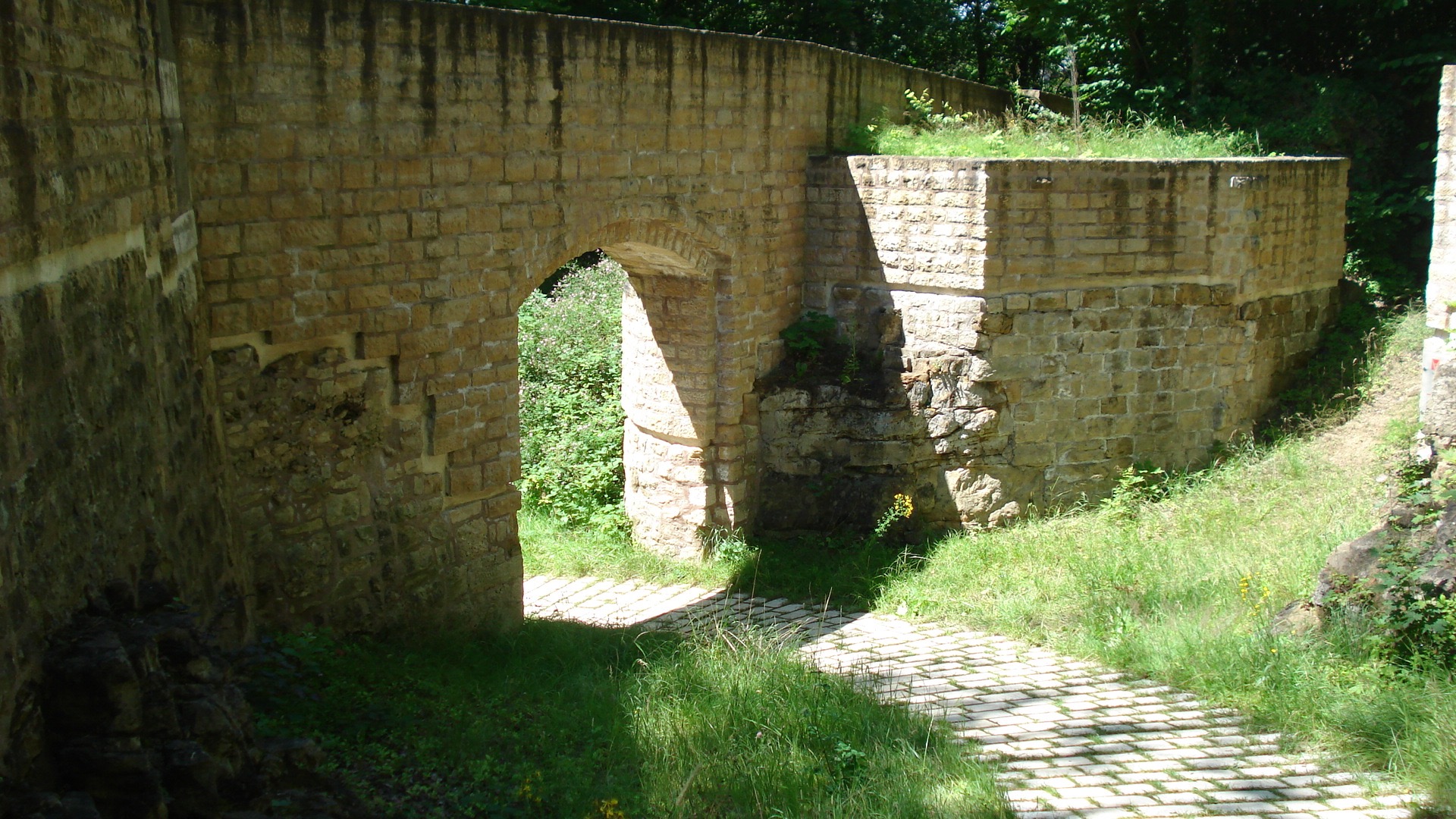
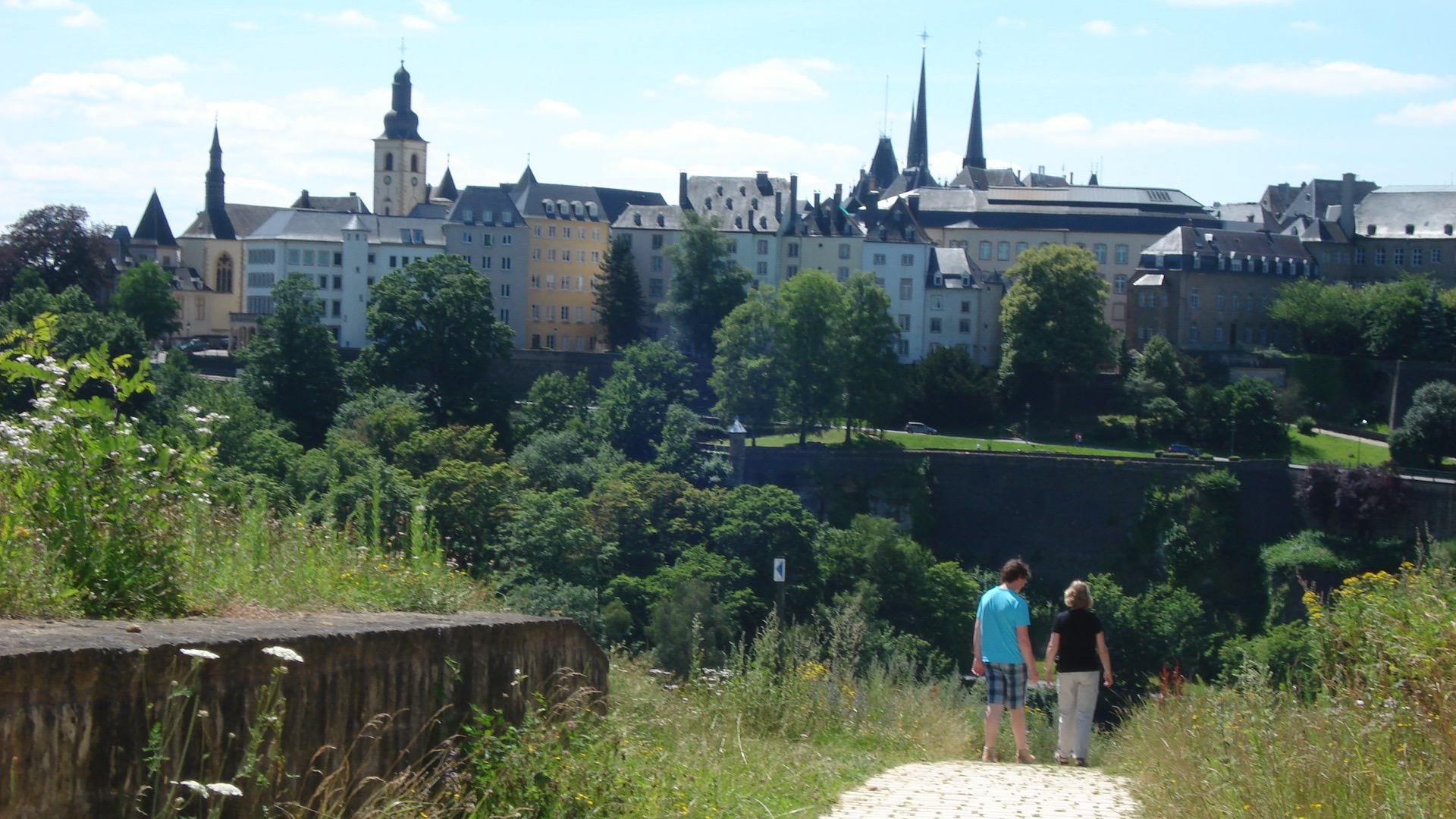
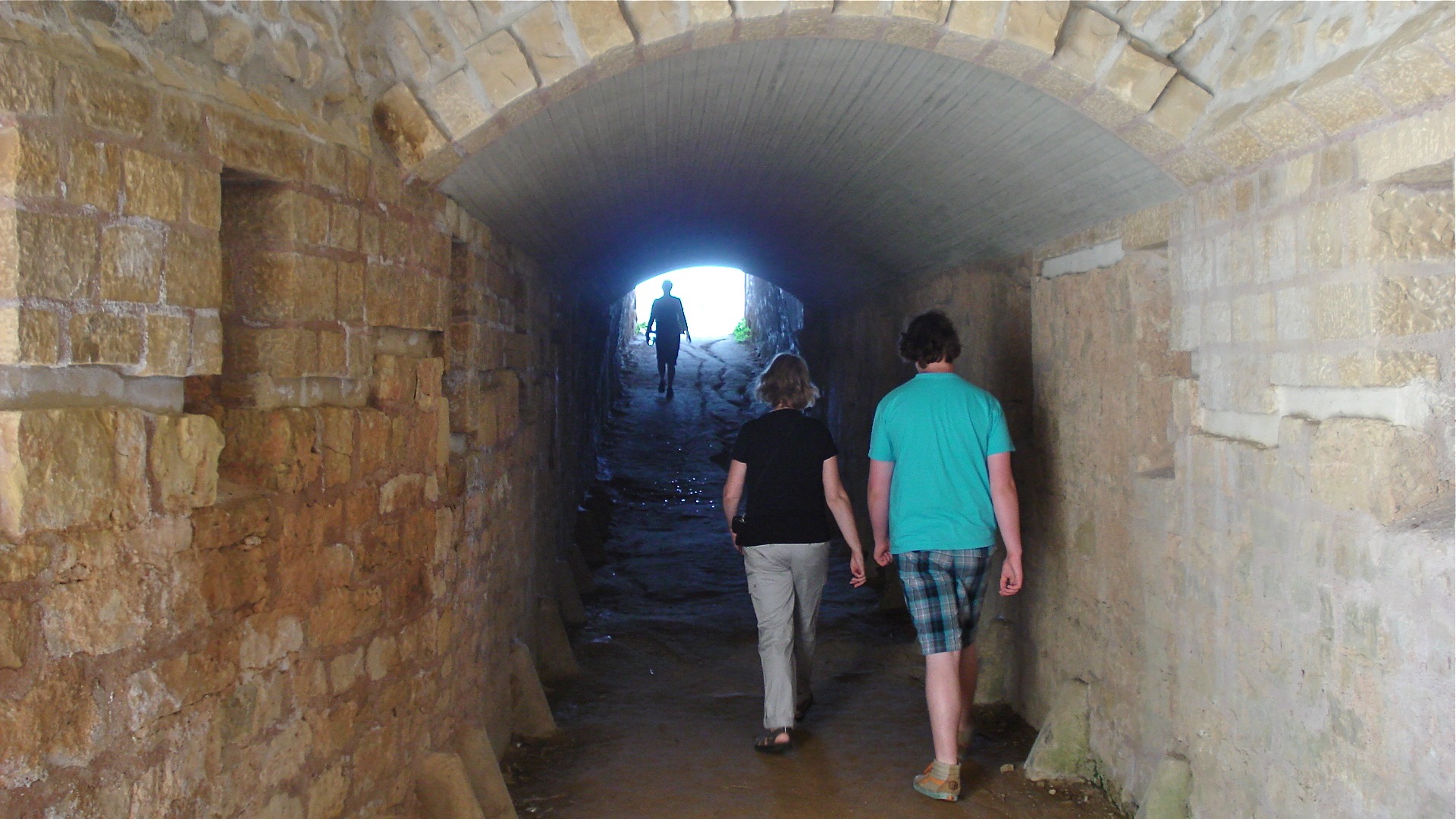
Luxembourg has three official languages, all used regularly by most of the citizens: French, German, and Luxembourgish—the last a combination that seems to me to be mostly German but with a lot of French and probably some Dutch and other things thrown in. Luxembourgish is the most popular language of the people, at least for their conversations among themselves. Oh yes, like most of Europe, most people also speak English and who knows how many other languages. The trip provided Ethan and me the opportunity to practice our German and Beth to practice her French.
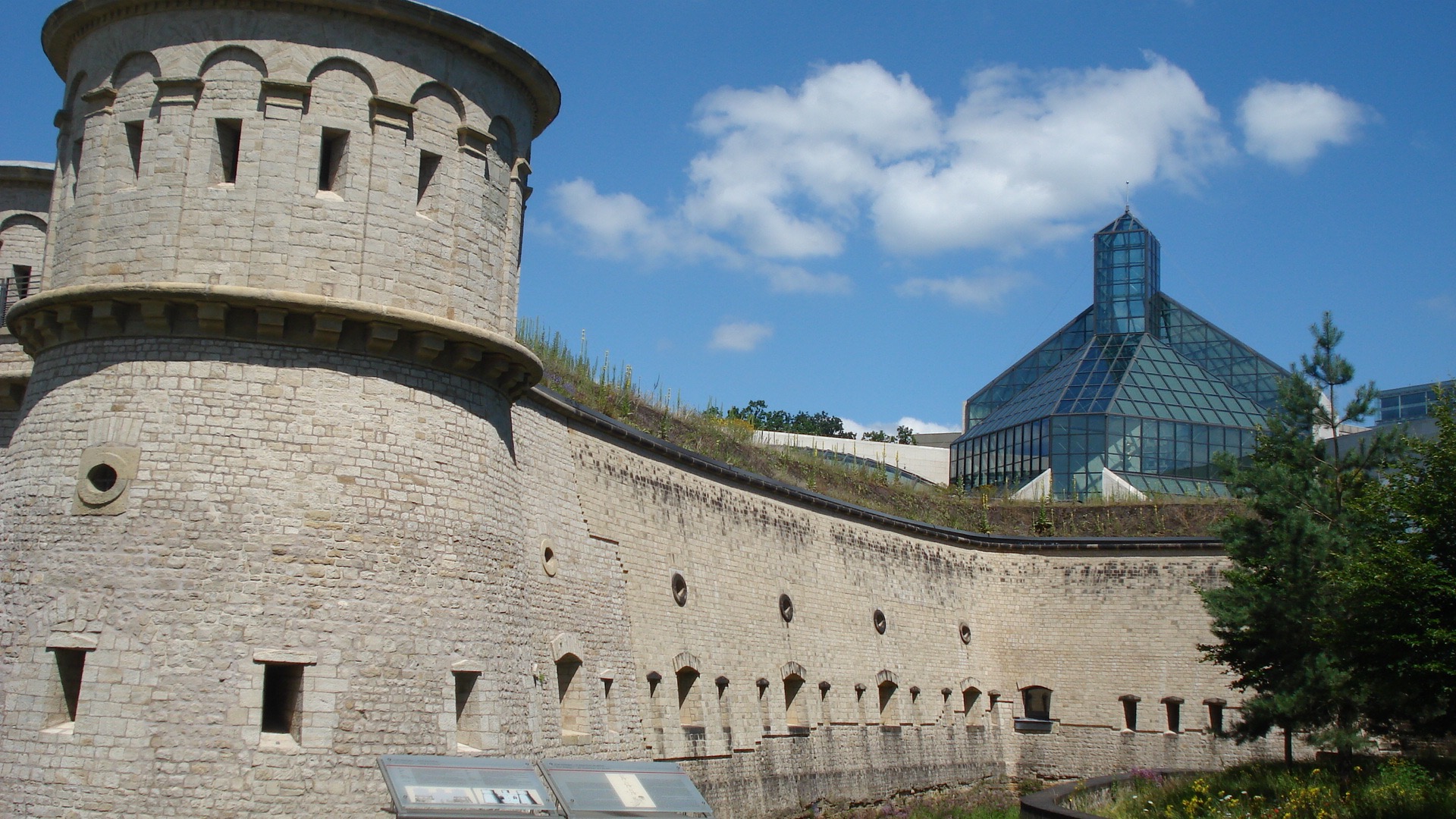
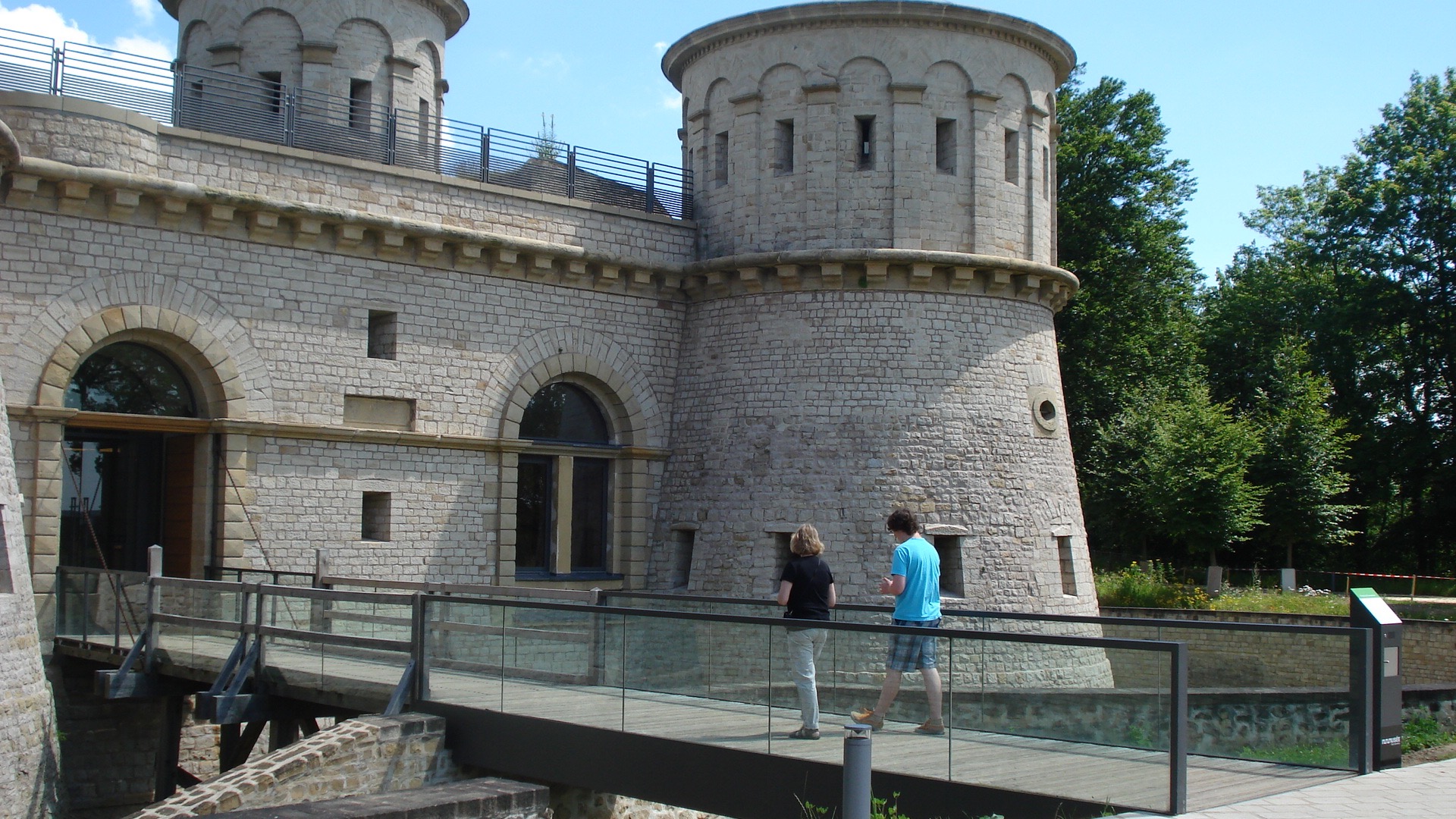
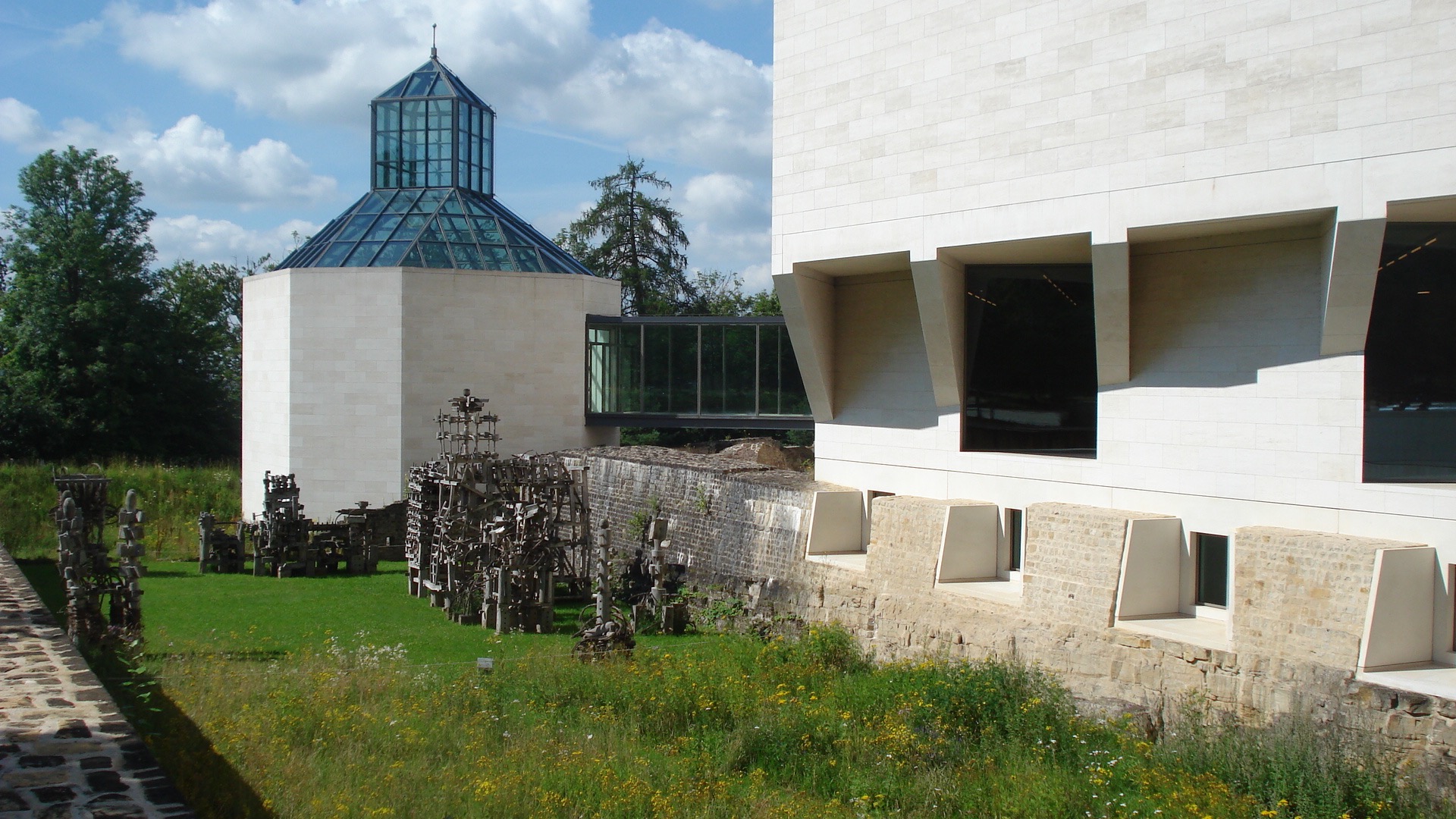
Let me say one very important thing about our visit: we ate well, every meal, every town. Our breakfasts at the hotel were fantastic, and things got better from there. We often ate out doors, al fresco. We had wonderful breads, croissants, yogurts, cheeses, wursts, sausages, Wiener schnitzel, veal cordon bleu, spaghetti, crepes, pigs feet, fondu, Tibetan food, gelati, pastries, and, oh yes, chocolate. We did succumb to chocolate, and we ended up filling an entire backpack with the stuff to bring home. And we took our time eating—so much of each day seemed to be taken up in eating or just sitting around after eating—you know how it goes, when in Rome (or Luxembourg).
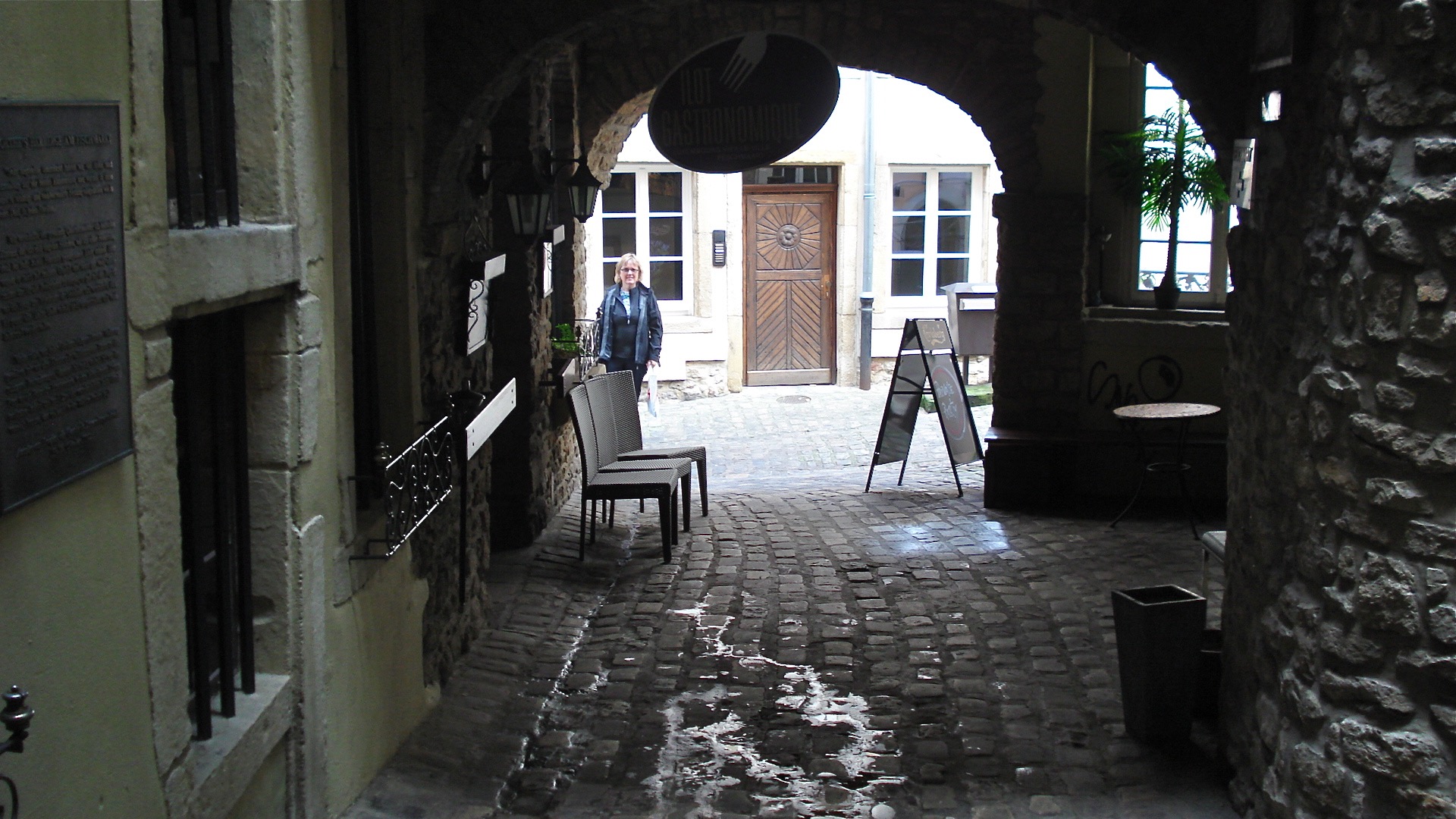
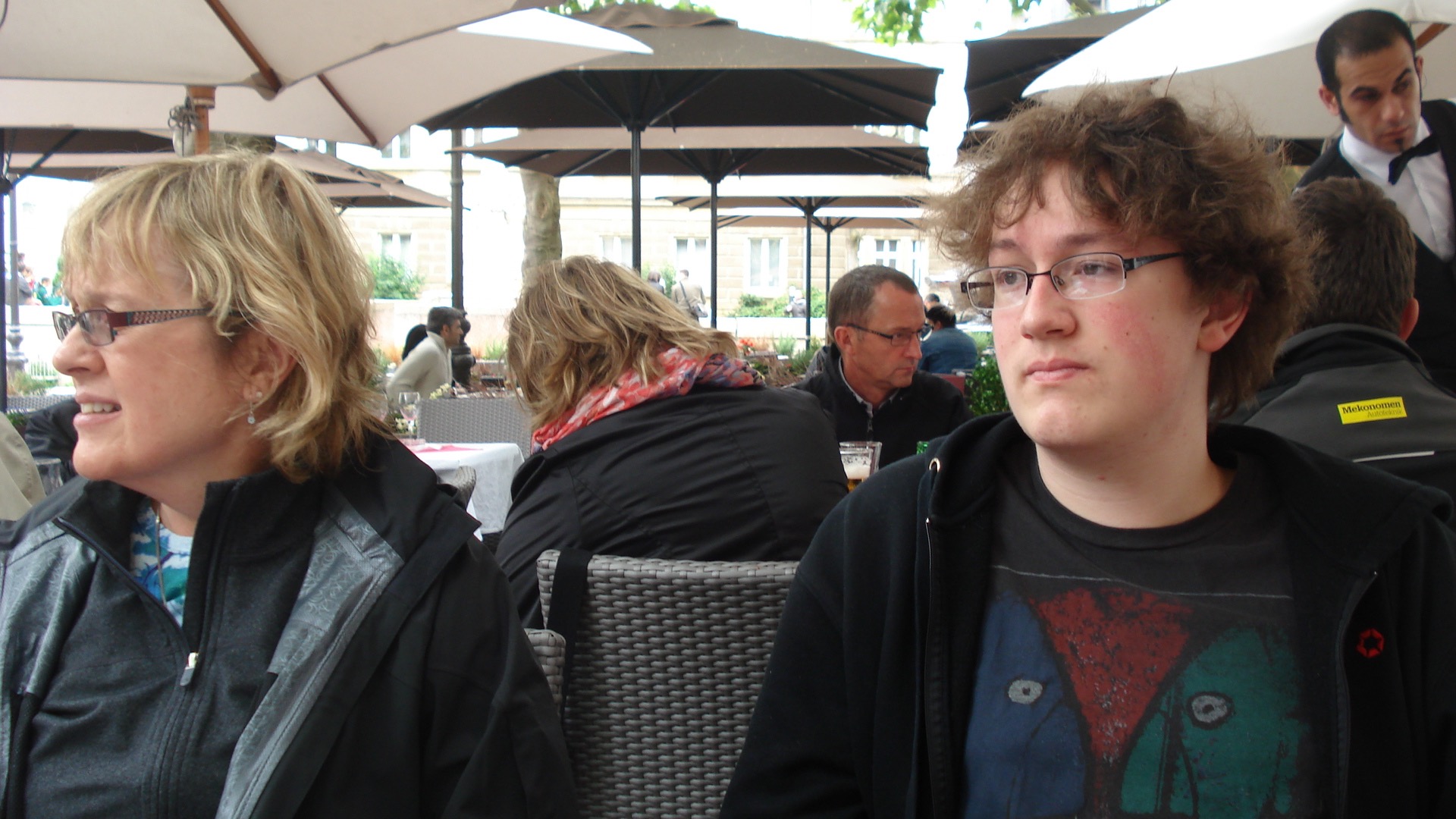
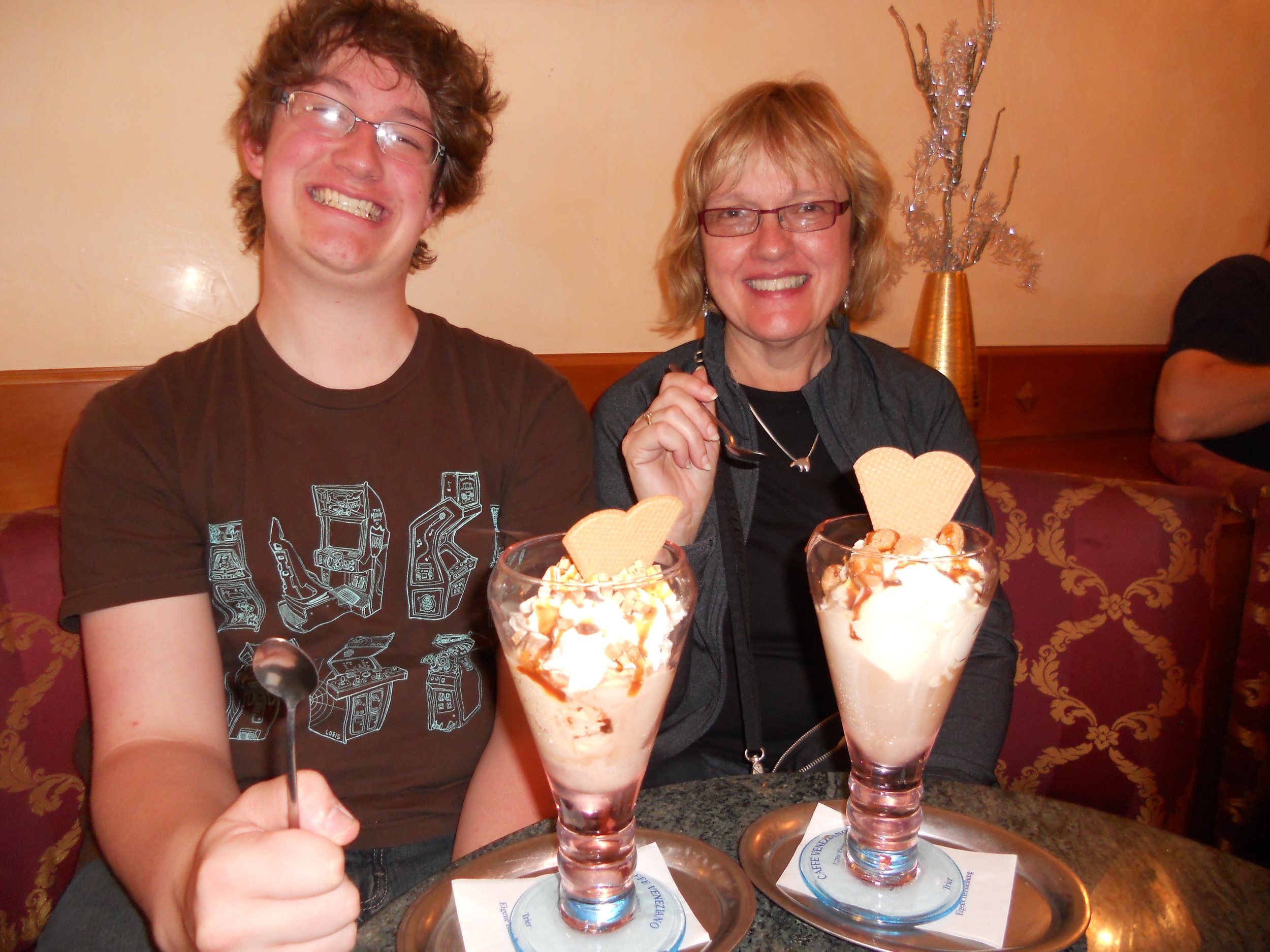
As we ate and did extensive people watching, we saw that these folks took their dogs everywhere (into restaurants, into stores, seated next to them at tables), and their dogs were much better behaved than any of our dogs have ever been. Beth found one French bulldog, named Bug, particularly lovable. She spent the rest of the trip campaigning for our purchase of a third dog—a French female bulldog, who would be called Gigi and would become Bert and Ernie’s French girl friend. I tried to ignore her.
I do need to mention one other amazing animal that we came across—a slug on a stone wall, as large as any banana slug I have ever seen in the Northwest. We called him Hans because he looked German. Where was John, who knows a lot about slugs, when we needed him? I do know that in banana slugs, their mouths are located quite close to their anus and genitals (and who said there wasn’t intelligent design). However, we weren’t clear as to Hans’s anatomy in this regard. But I digress.
We visited museums, ruins, castles, and cathedrals. The best cathedral, in my opinion was the huge and old one in Trier, Germany, with a most unusual organ (did I say that I love pipe organs). The best two art museums were the Pompidou Center in Metz (not Paris) and the Museum of Modern Art in Luxembourg (not New York), the last designed by I.M. Pei and built on a stone foundation from some long ago fortress.
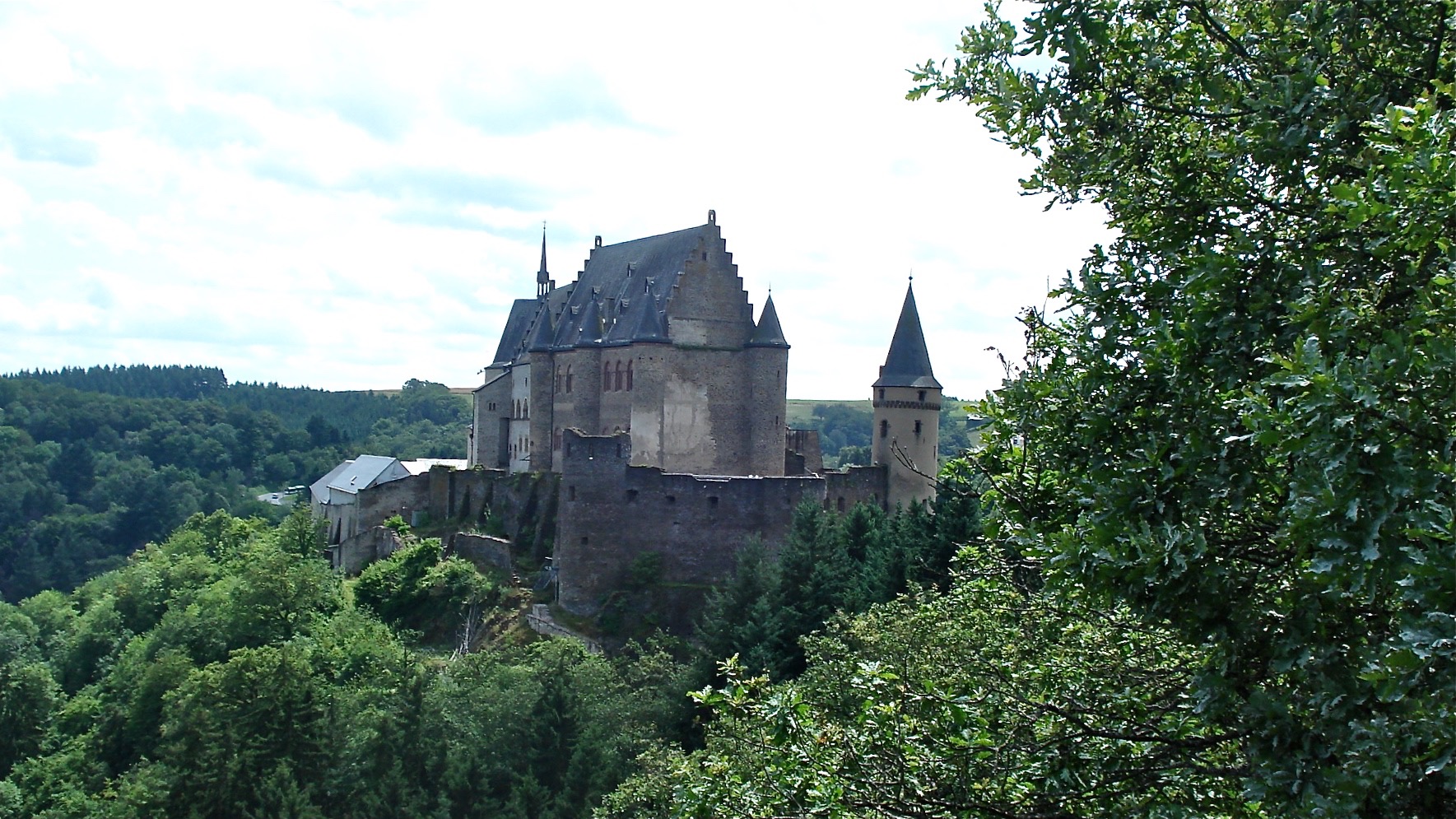
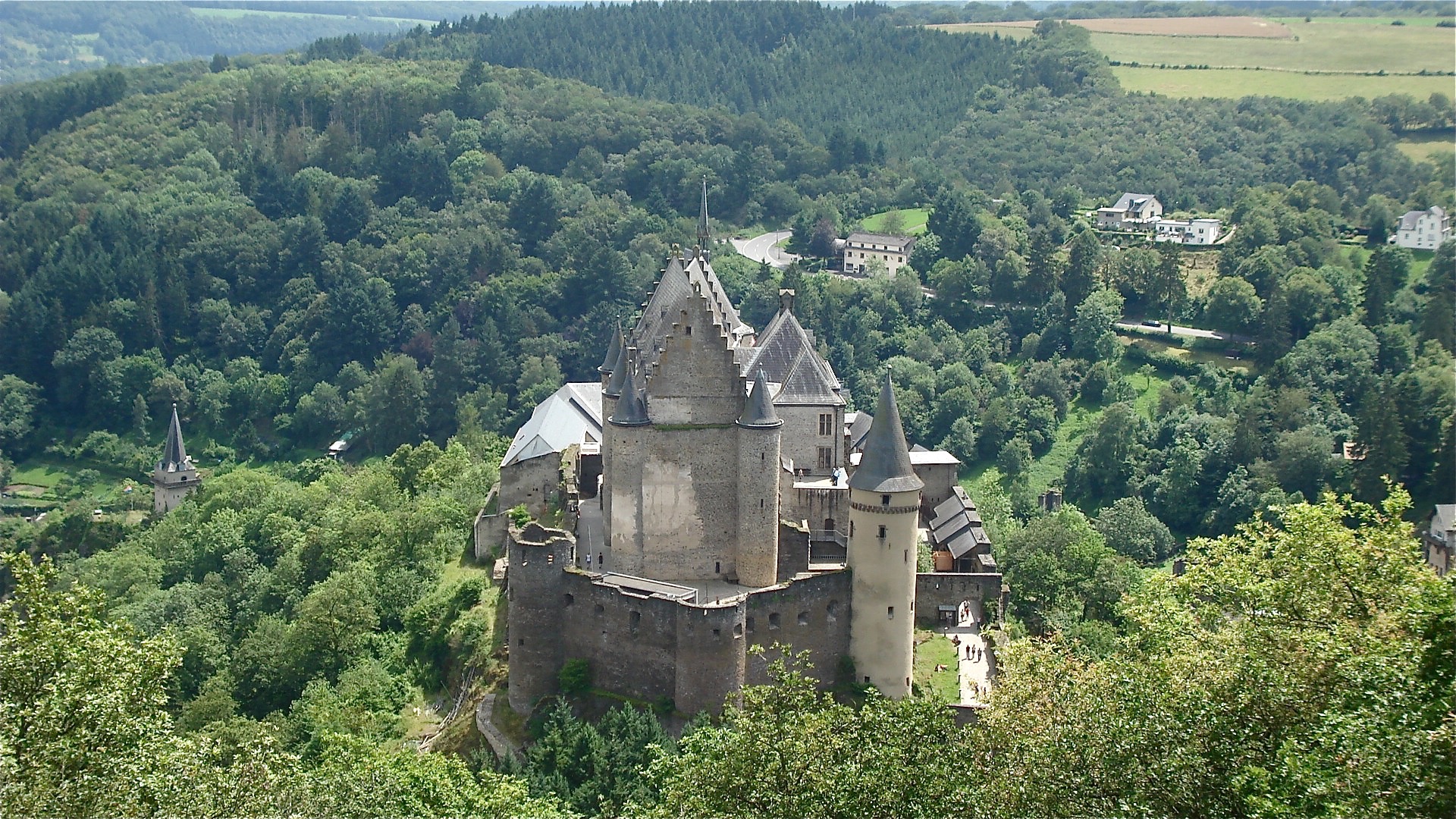
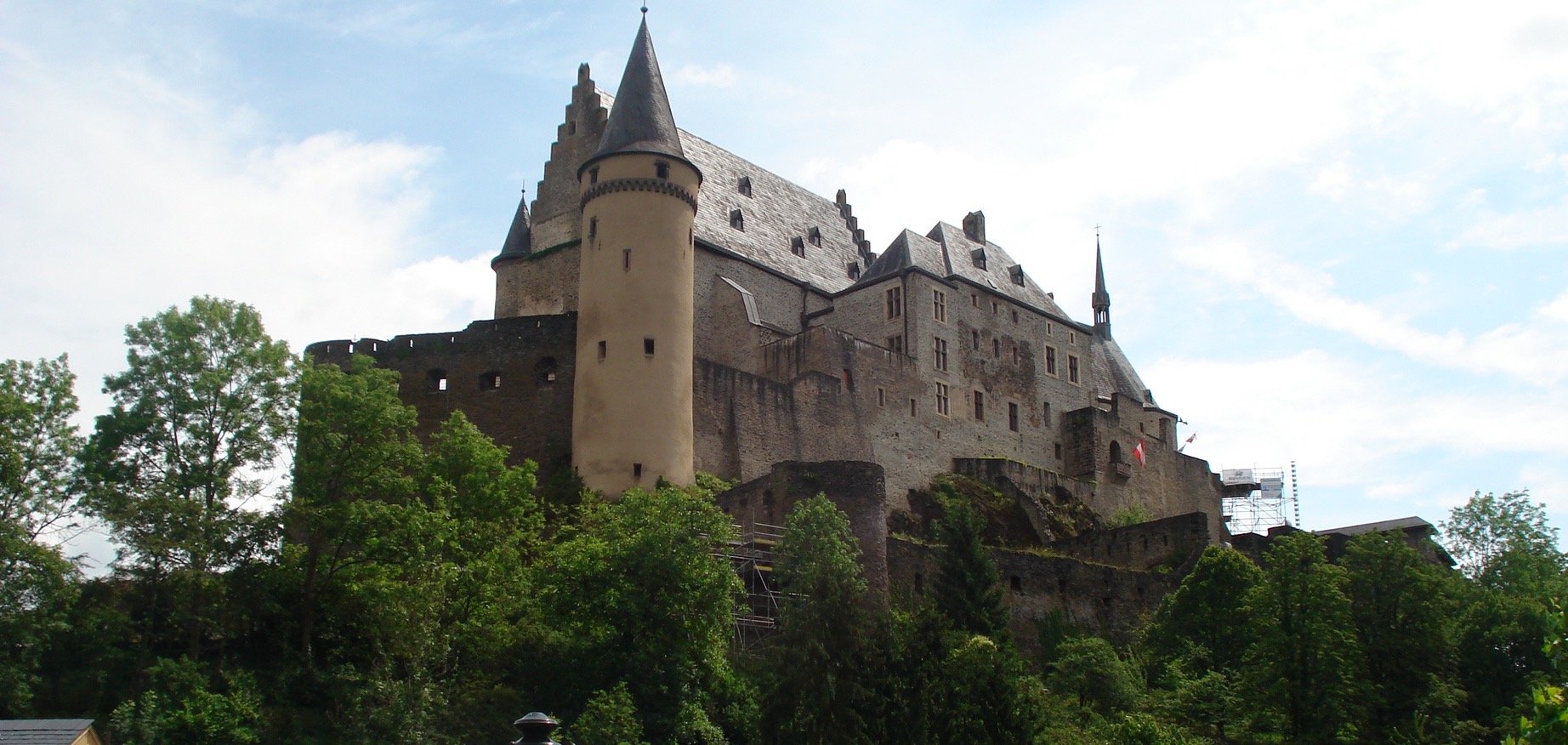
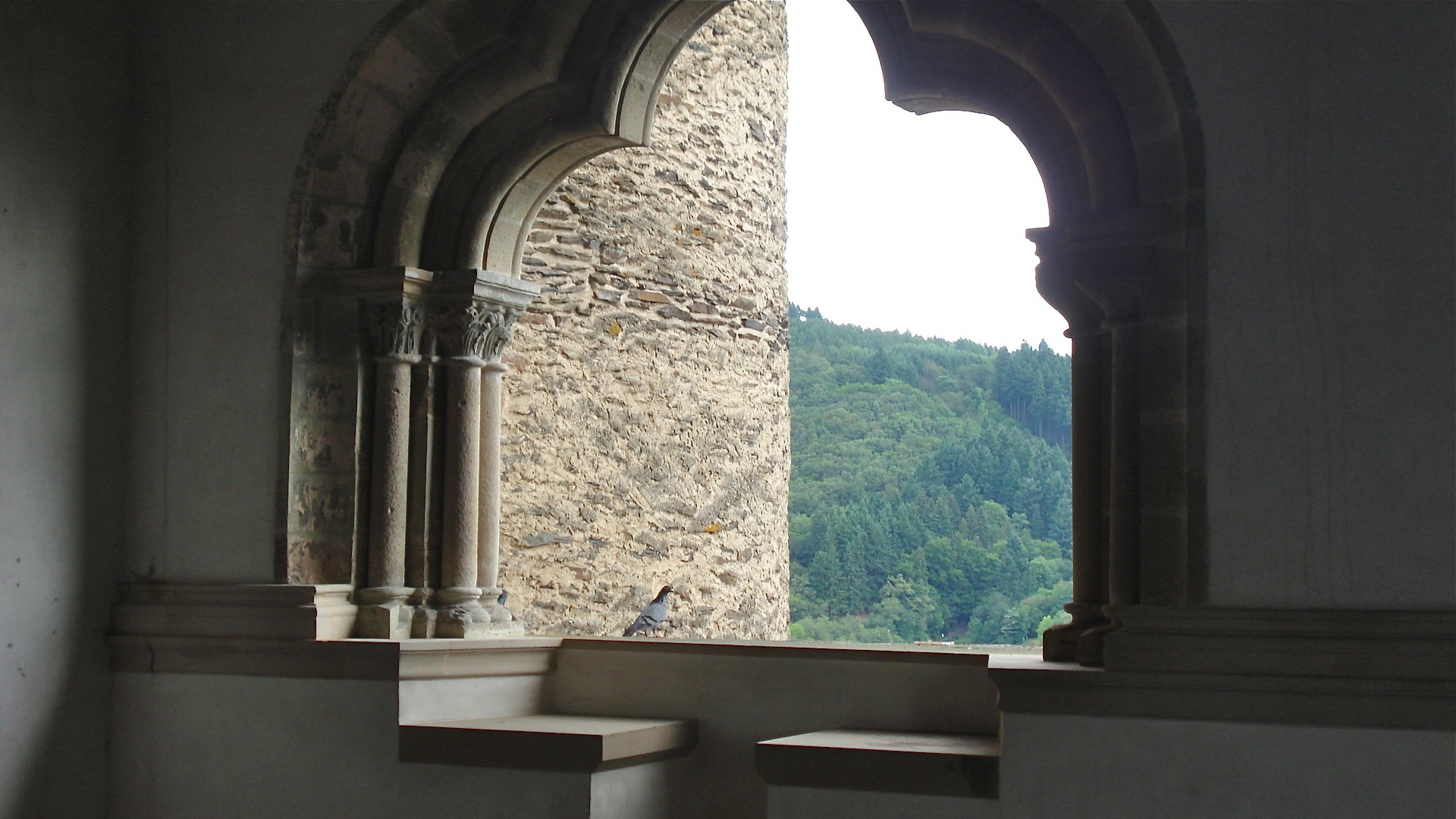
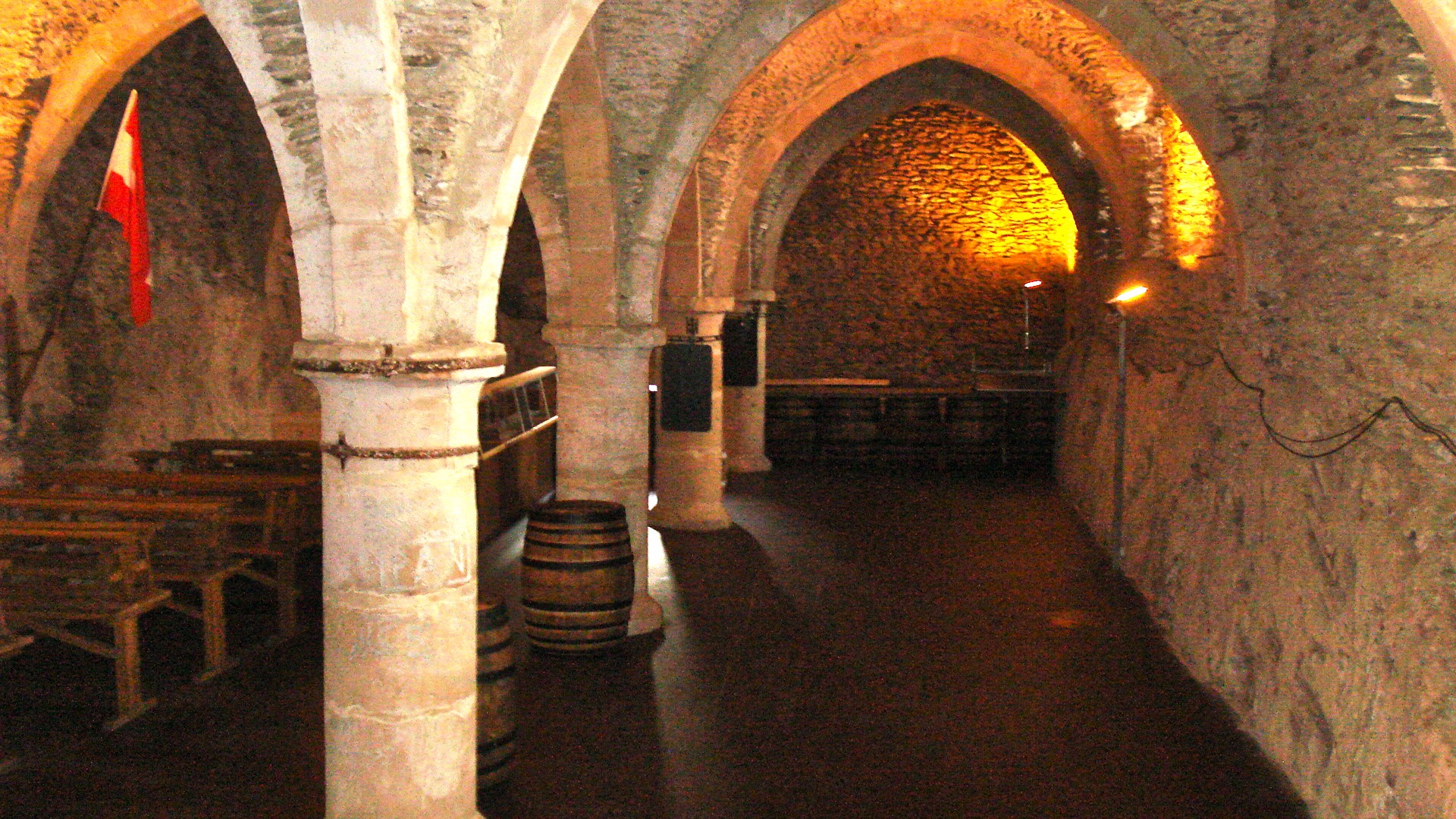
On Wednesday, we took a train to Ettelbruck and then transferred to a bus to the small village of Vianden, in northern Luxembourg on the border with Germany. It was a beautiful town with narrow streets climbing up mountain valleys and hugging the river. We hiked up to the castle on the mountain above the town (a quintessentially perfect mountain castle—the way you want them to look). We also took a ski lift up to an even higher mountain; we went into Victor Hugo’s home; we went into the smallest and perhaps quaintest church of our trip; and we ate lunch on an open-air porch overlooking the river. Beth and I decided we wanted to live there, at least for awhile; I am not so sure if Ethan would have the same desire.
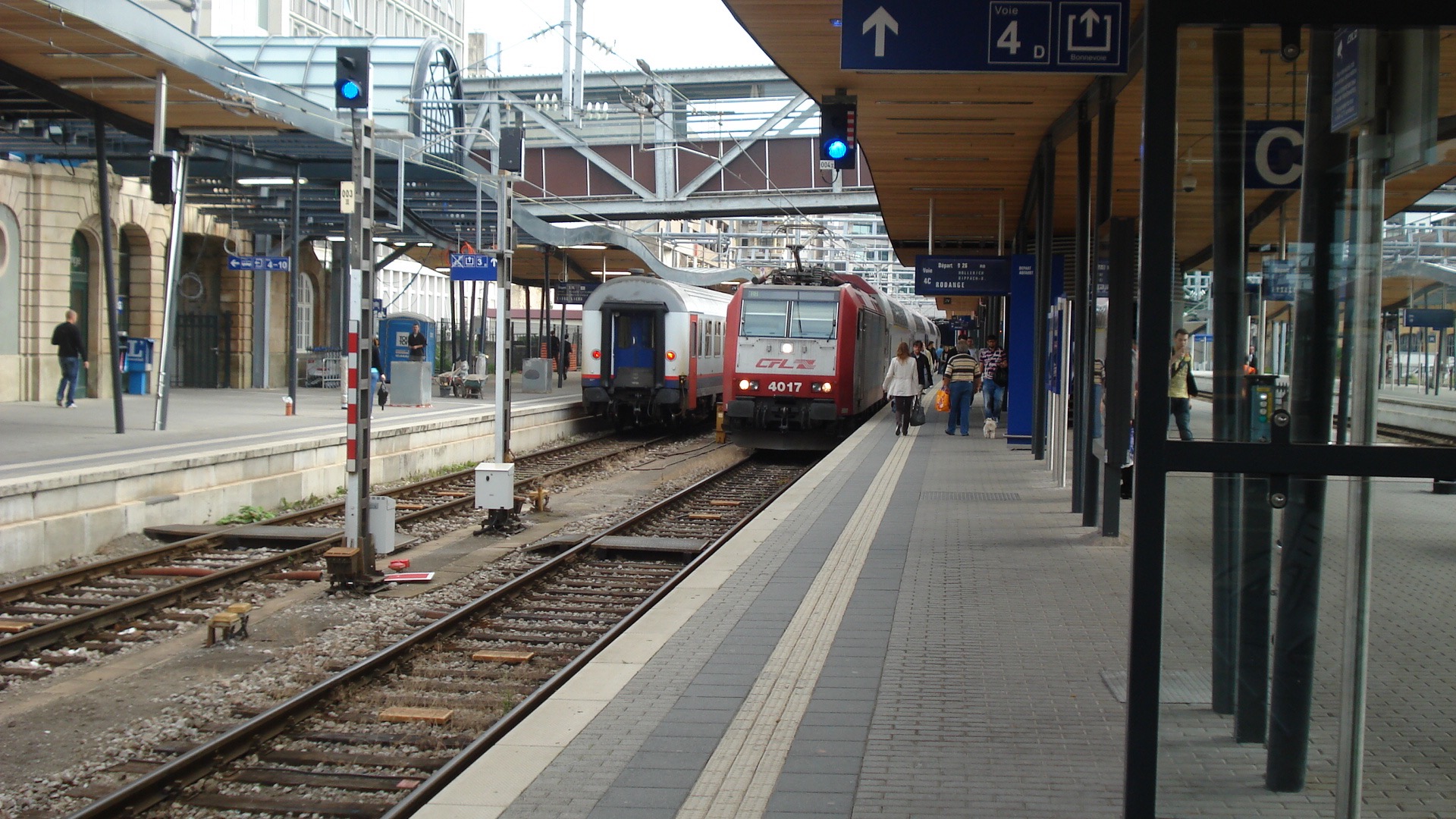
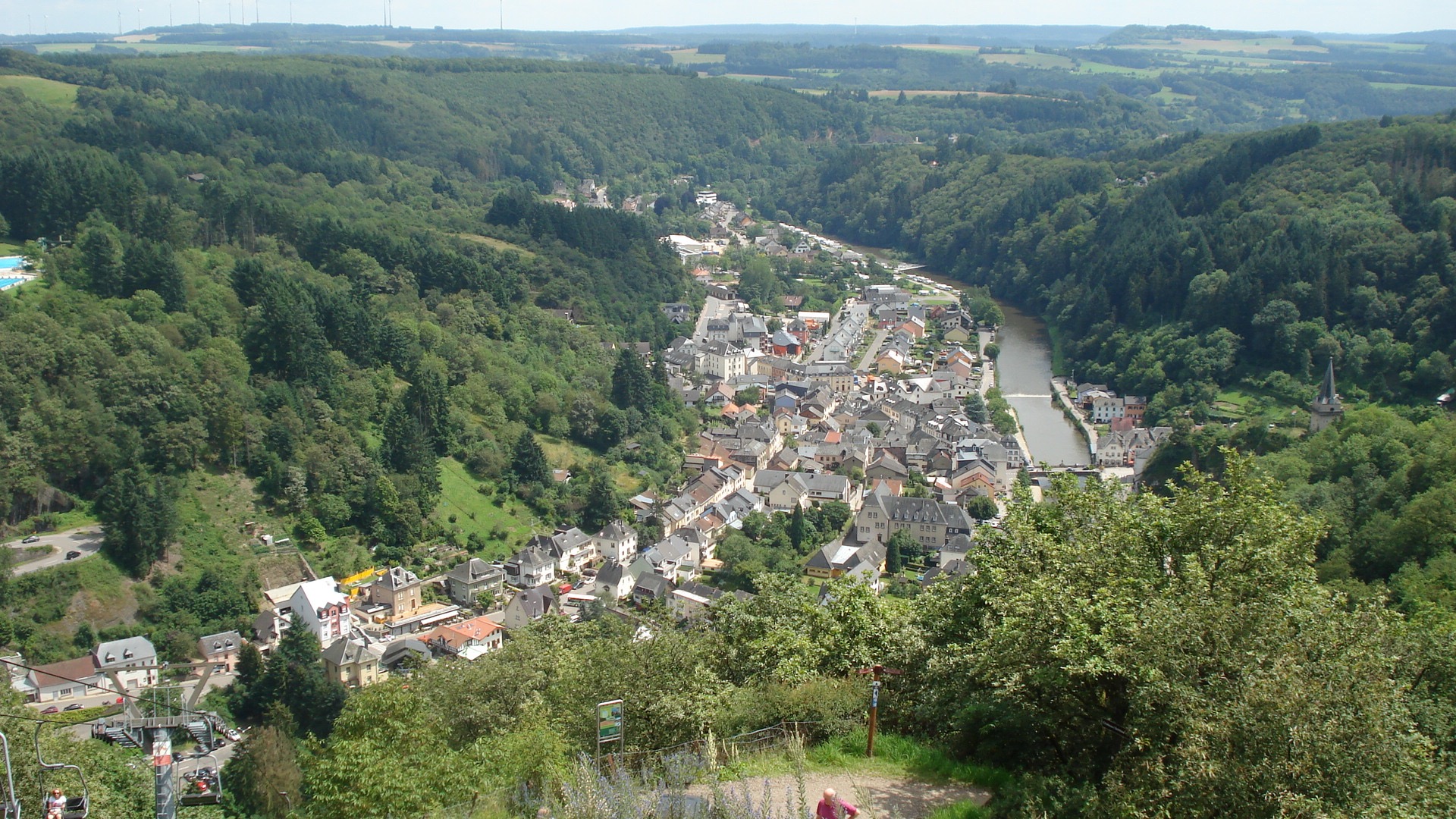
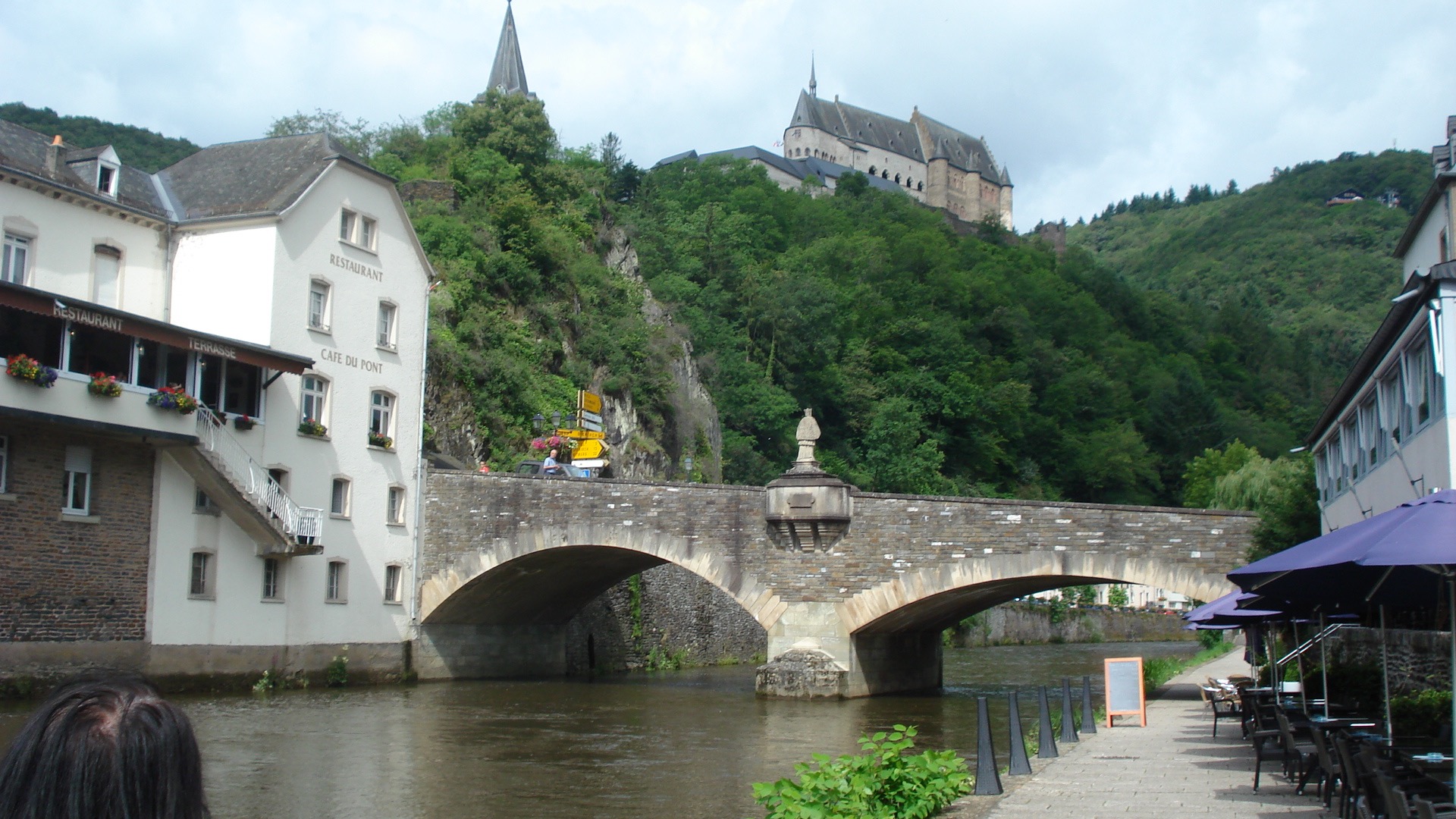
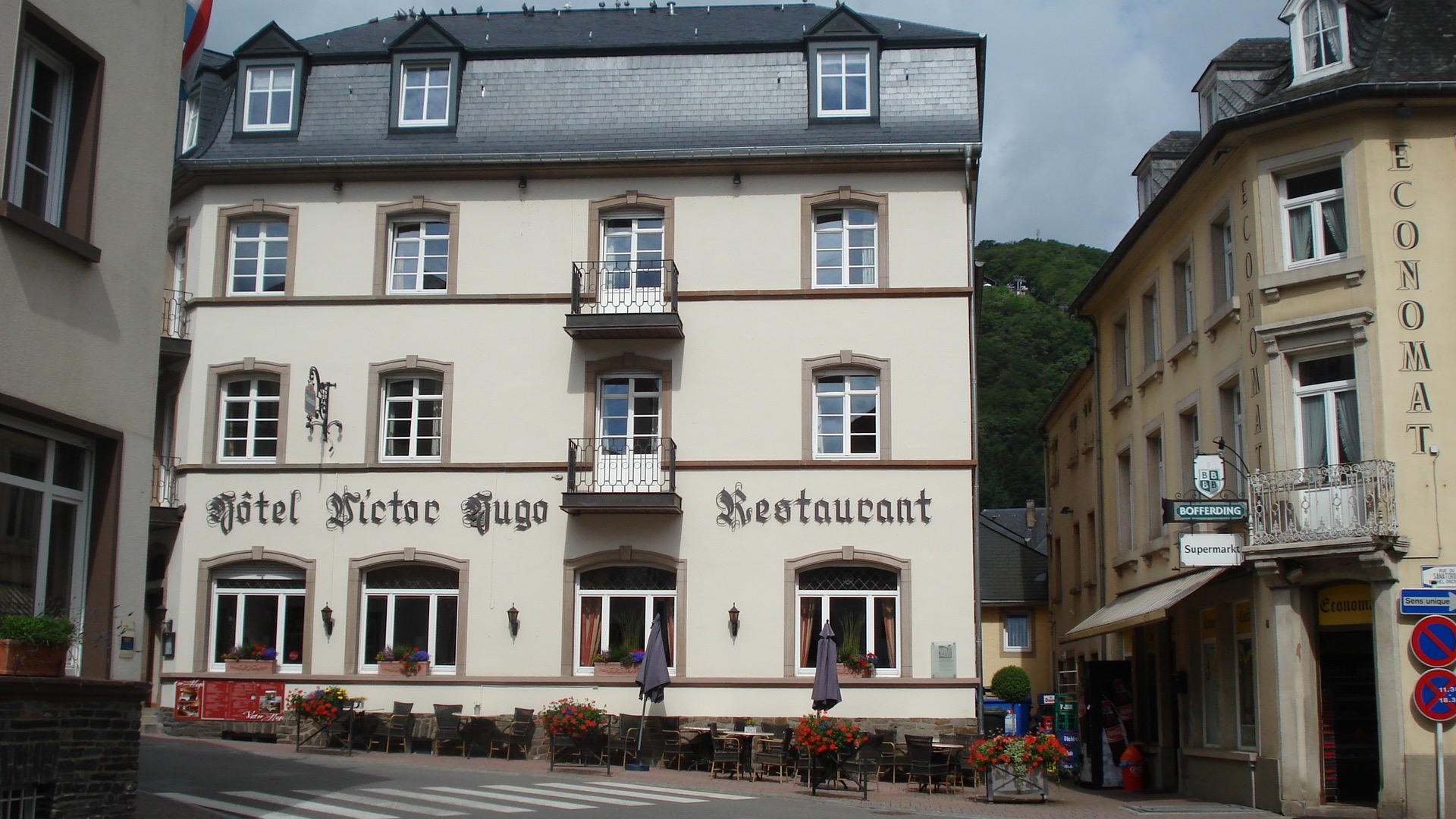
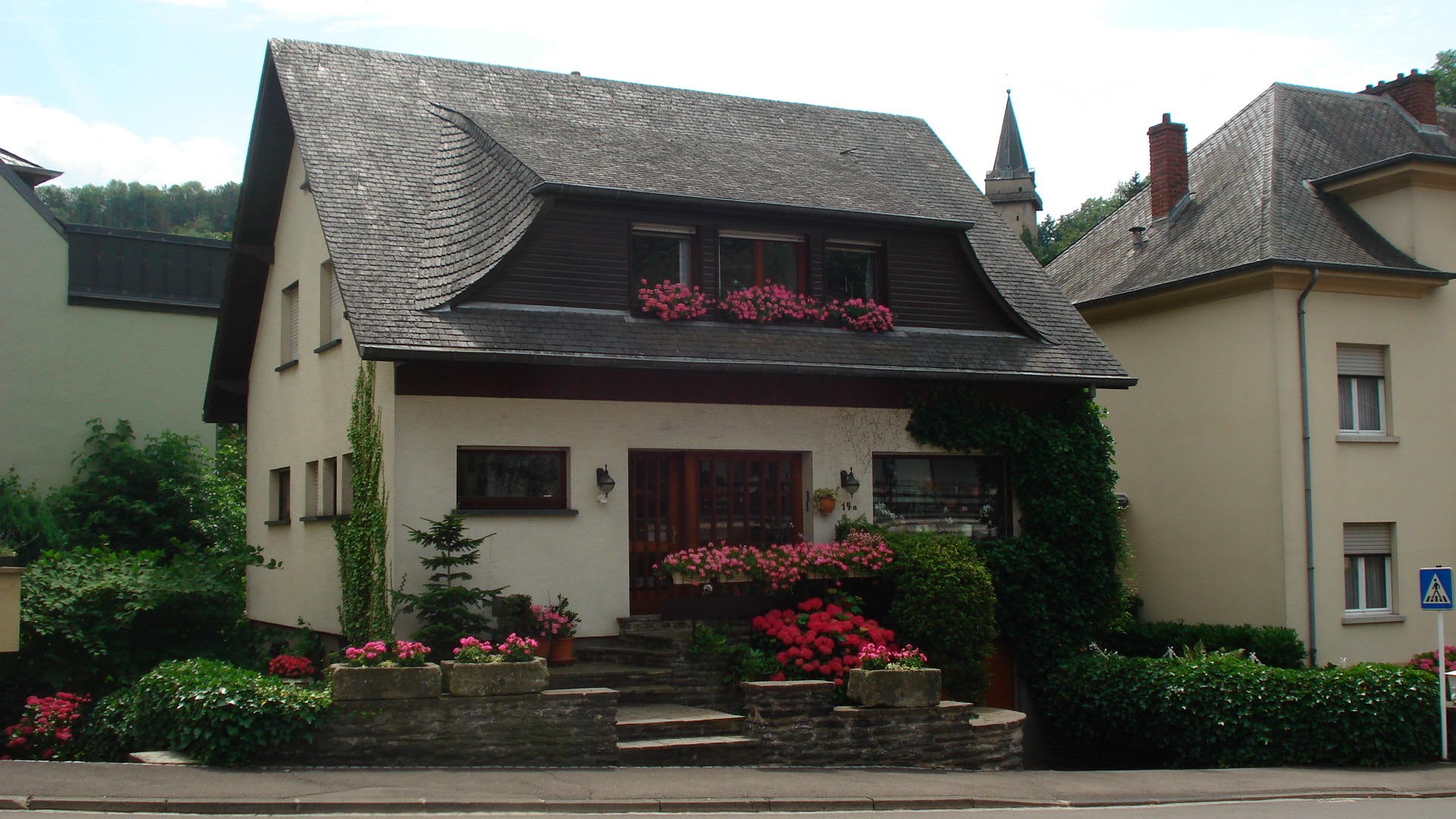
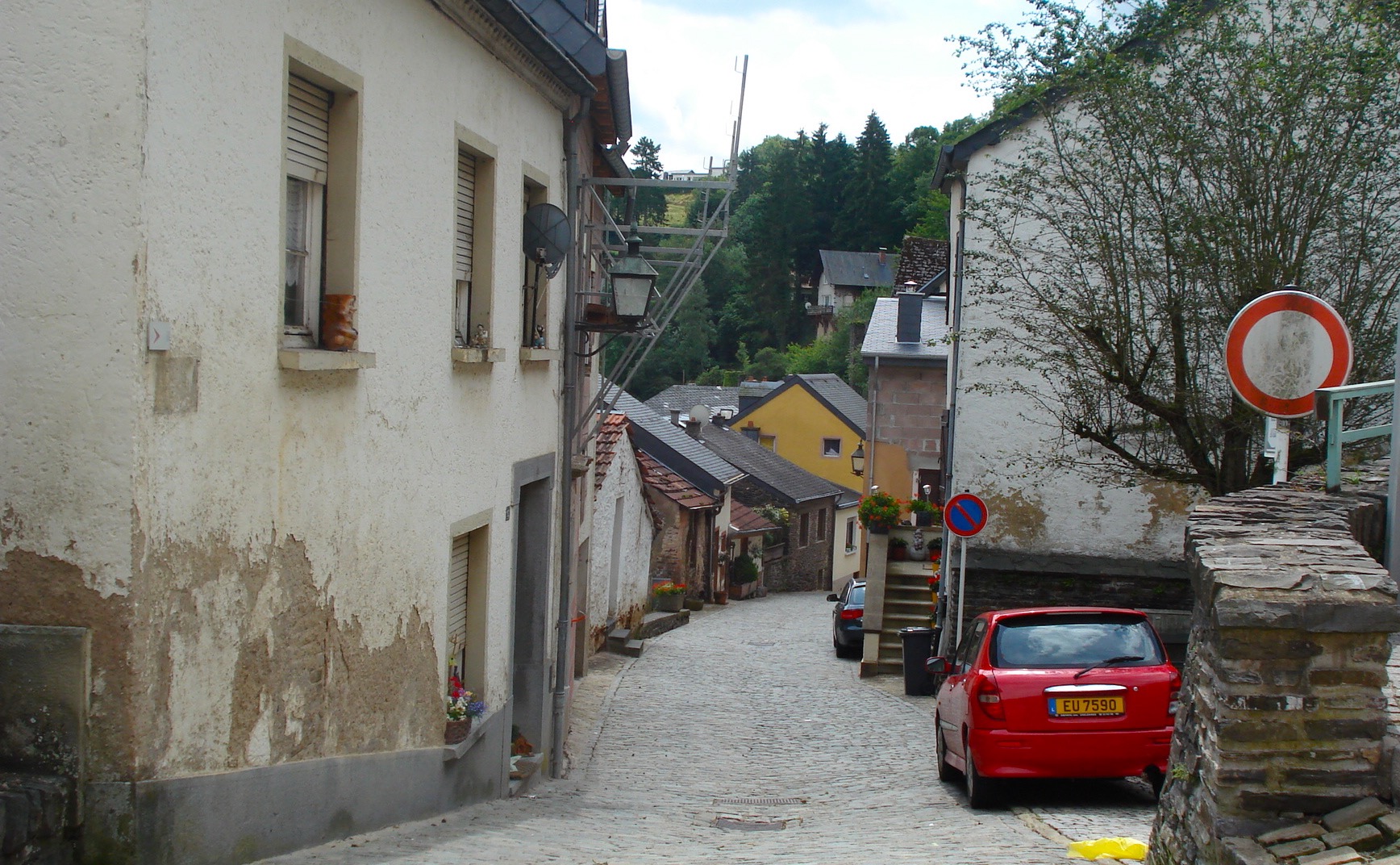
On Thursday, we took the train to Metz, France, south of Luxembourg and again on the border with Germany. As we started to walk around, Beth claimed that she had changed her mind—Metz was now the place she wanted to live. Probably the best place we visited in Metz was the old public market, all housed in a U-shaped building. If we were to live in Metz, we would most assuredly shop at that covered market.
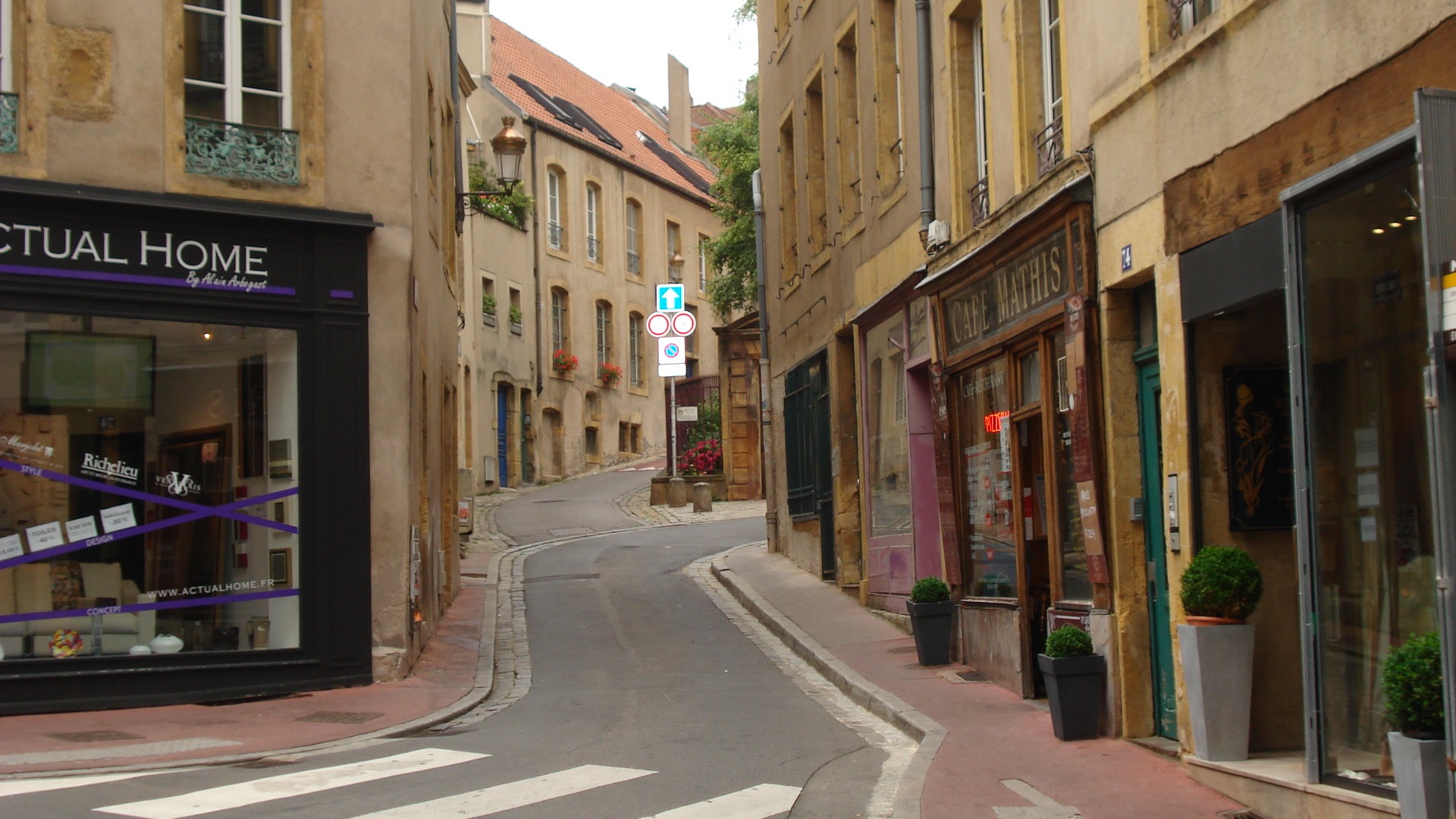
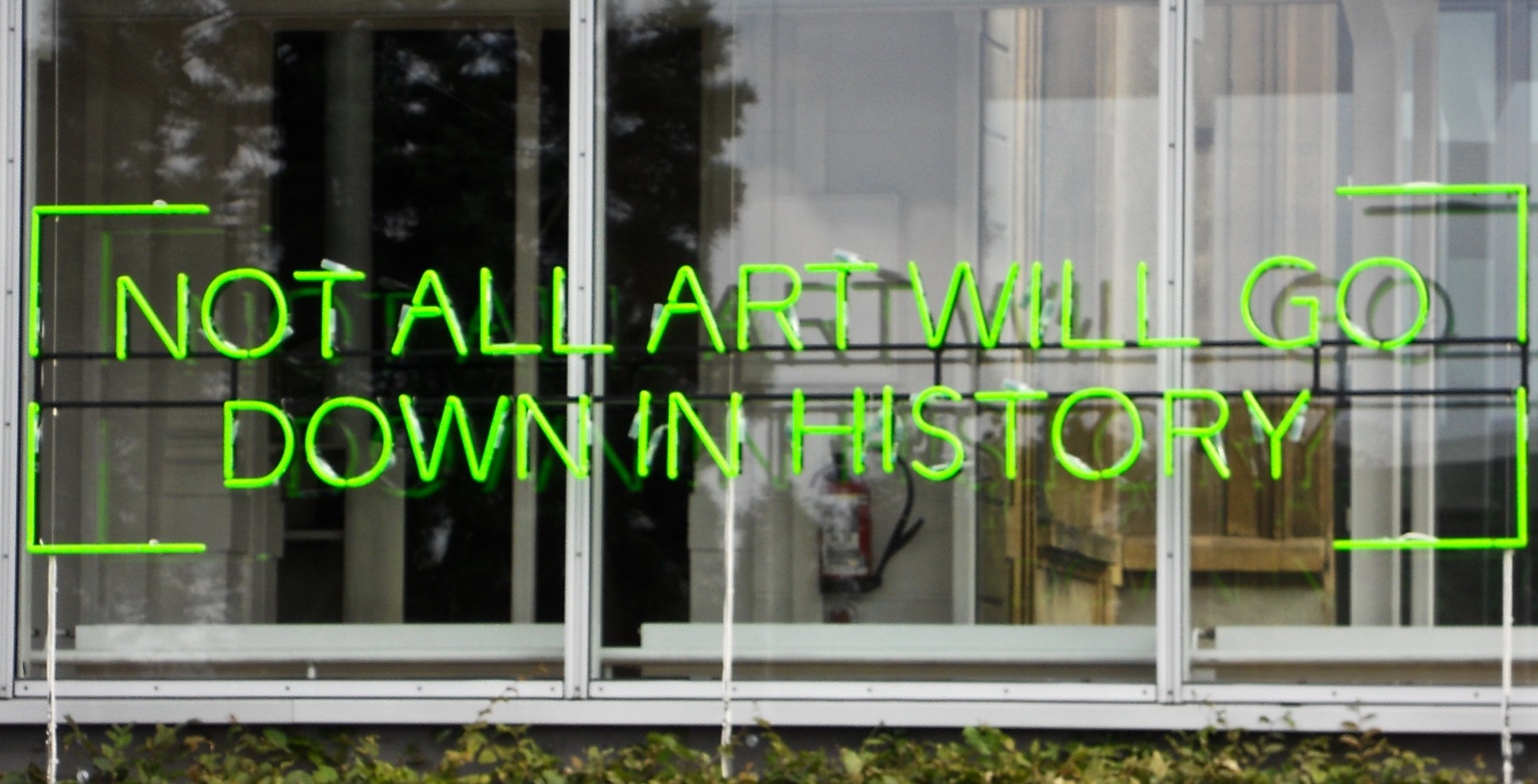
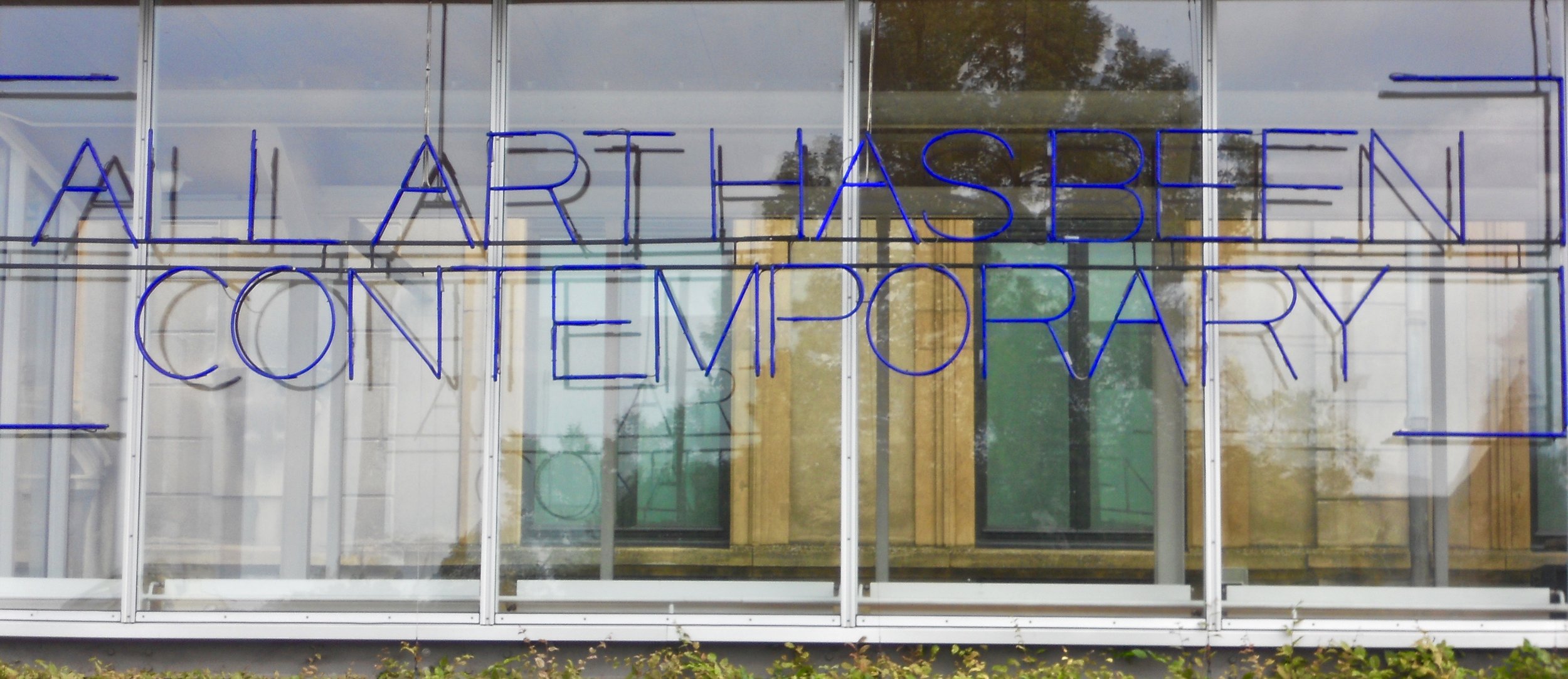
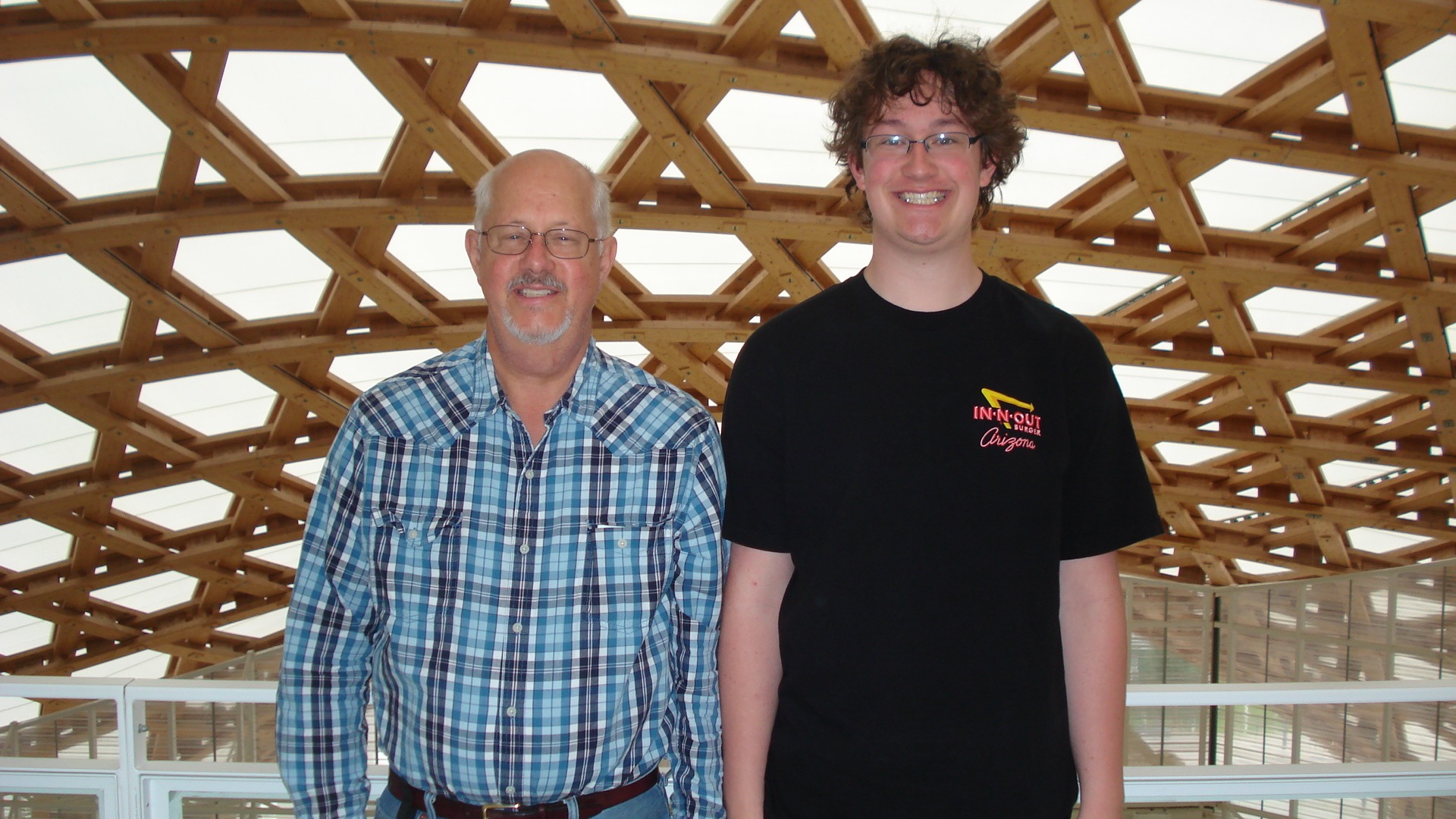
On Friday and Saturday, I went to the conference; while Beth and Ethan hung out in Luxembourg. Friday night we went with Jasmina to a most wonderful restaurant in a deep cellar (three floors underground), called The Caves.
On Saturday afternoon, we took our last train trip—to Trier, Germany. This was the most beautiful market town of them all, built around an old Roman, stone gate and the old cathedral. Can you guess what comes next? Now Beth said that Trier was actually the place she wanted to live. Ethan and I enjoyed being in a place where the people spoke primarily German rather than a mix of languages, and our own German speaking seemed easier. I know there are street musicians all over the world, but I thoroughly enjoyed one unusual street musician in Trier. When and where have you every encountered a good oboe player playing Bach and Telemann on the street?
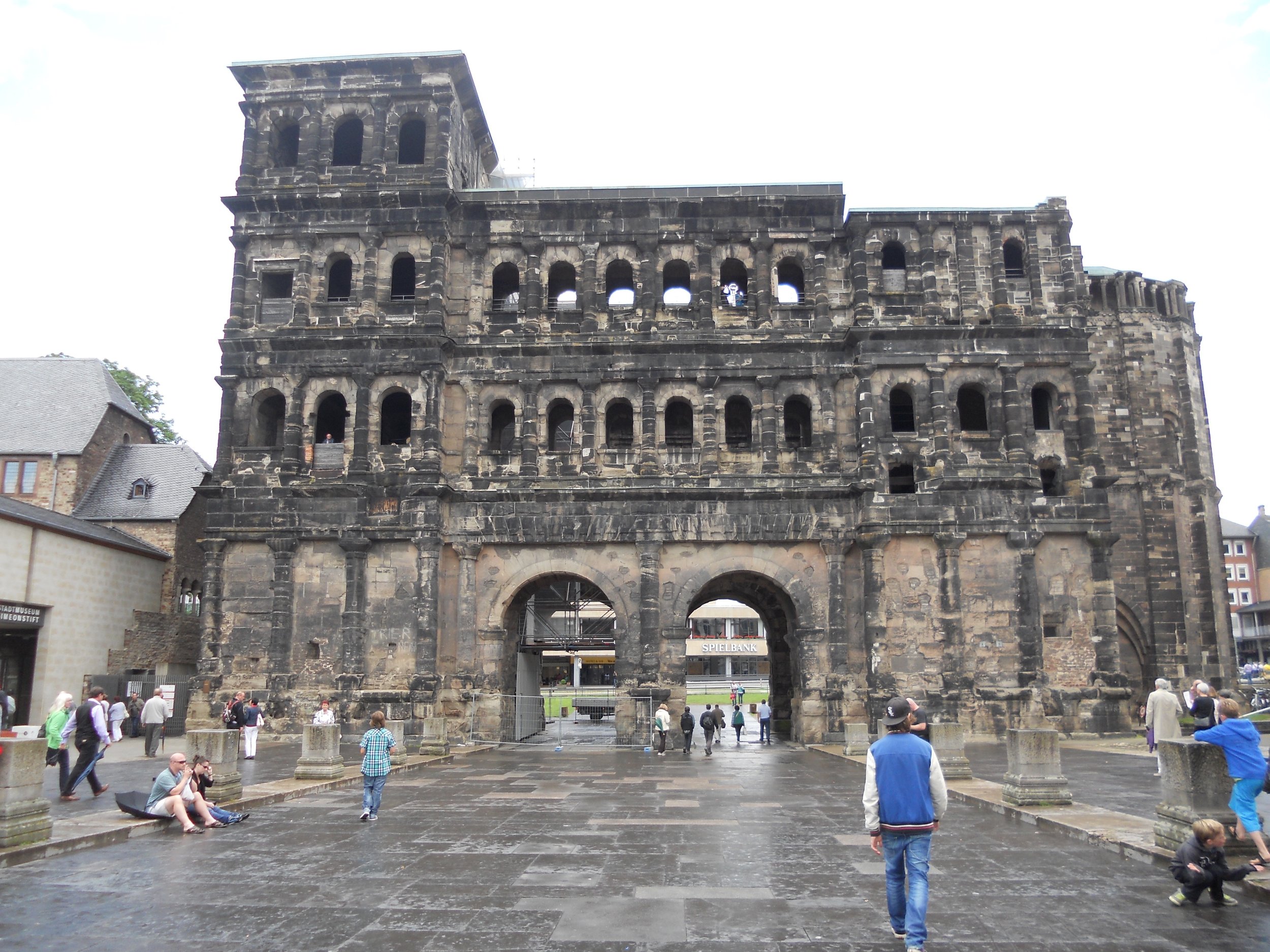
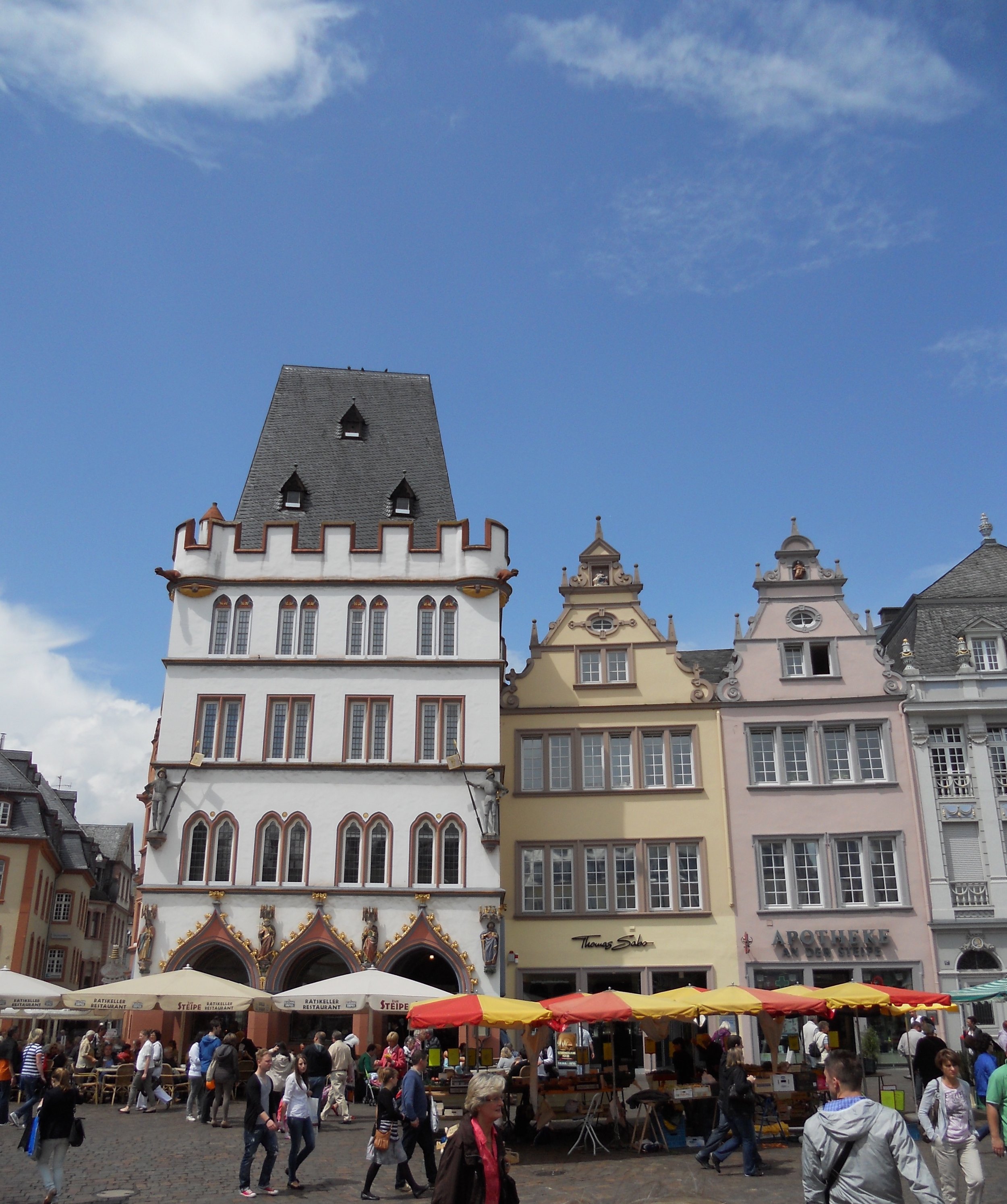
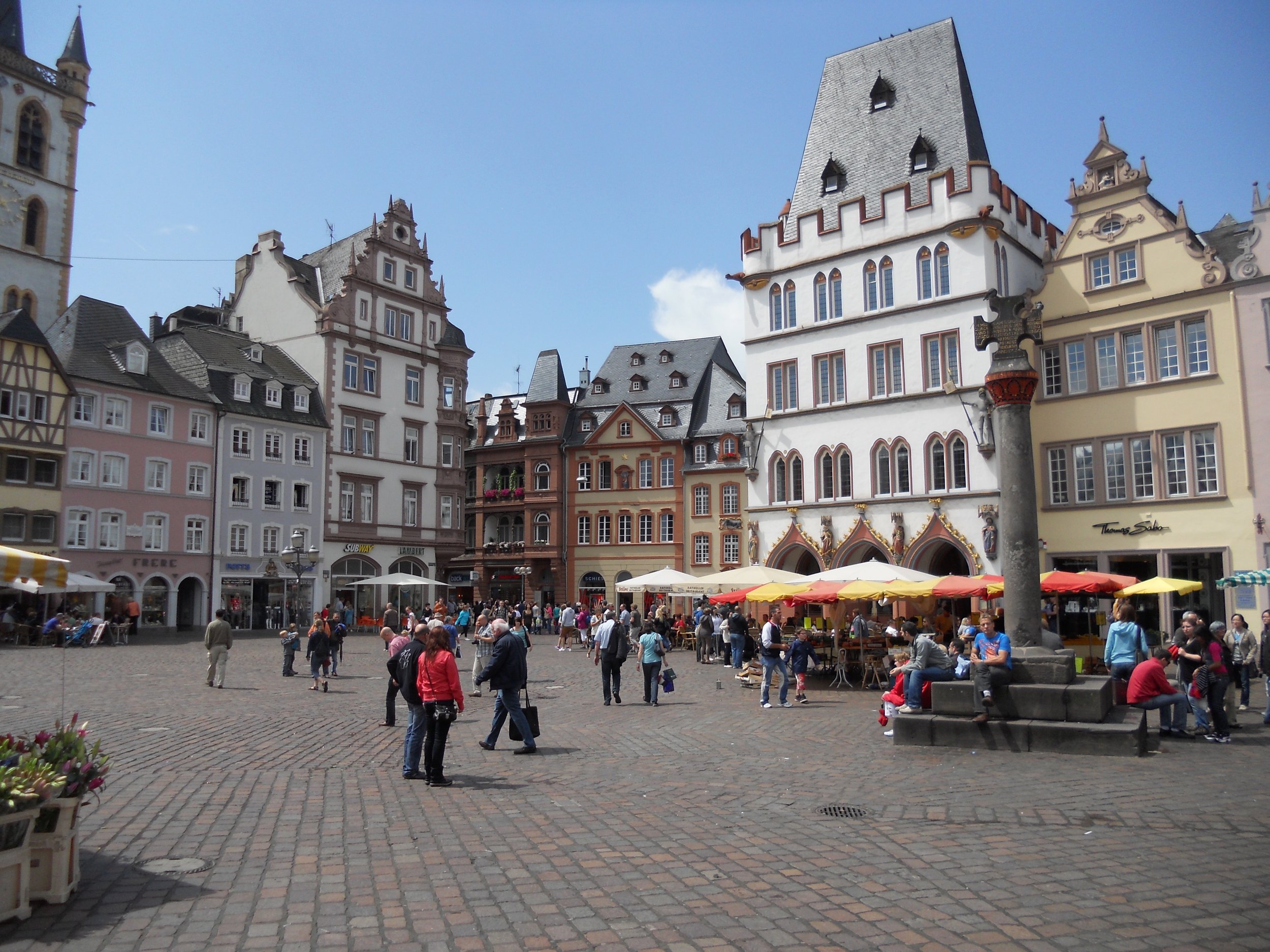
As we observed the homes in the various areas we visited, here is what we found. Luxembourg (and Vianden) had many more colorful homes (that means homes in different colors); Metz had homes almost entirely in beige and tan, but their windows were more apt to have beautiful wrought iron balconies (typical French); and Trier had more carvings and statues built into the walls of the buildings and more intricate roof designs. However, all towns had homes finished in stucco (which Beth calls yucho stucco).
Saturday night, Luxembourg held an all-night blues and jazz festival occurring outdoors at many venues. We wandered through the packed crowds for several hours, listening to bands, but we were beginning to hallucinate out of fatigue; so we headed for our room before many of the bands started to play. Sunday, we visited museums and hiked around the Grund, but by then we had worn ourselves out. So it was back to the room for Abend Brot of black bread, salami, and Tilsiter cheese. Our motto for cheese is “the stinkier the better.”
And on Monday, when we flew home, we were truly worn out, but the reunion with John and Bert and Ernie did our bones some good. Home is good, but I hope we can return to this area of Europe some day.

